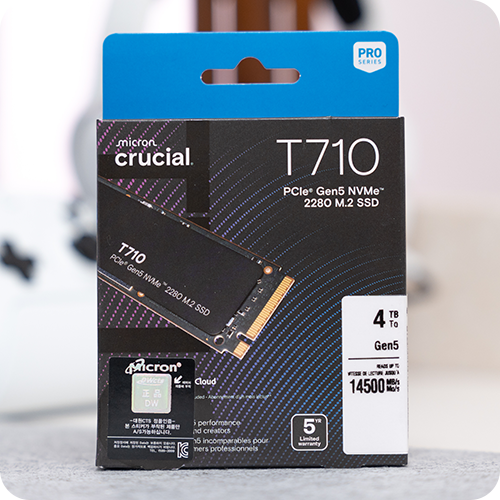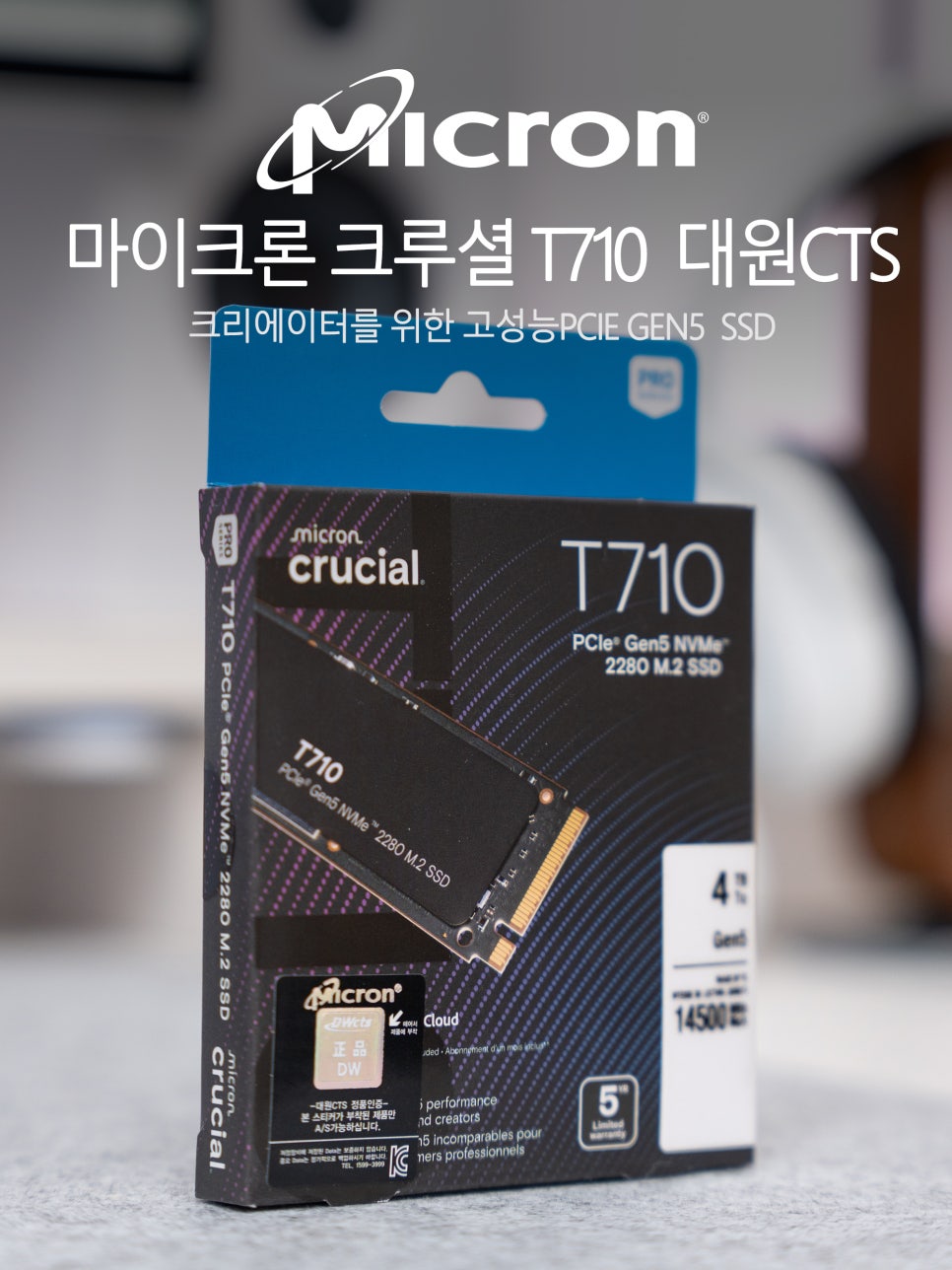
Recently, with the rapid increase in 4K and 8K video editing and large-scale gaming content, high-capacity, high-performance SSDs have become essential for video creators and gamers. Especially for creators working with professional video, RAW format 4K and 8K video files can range from tens to hundreds of GB each, making the traditional 1TB or 2TB capacities insufficient.
Additionally, AAA games often exceed 100GB, making large-capacity SSDs essential for gaming as well.
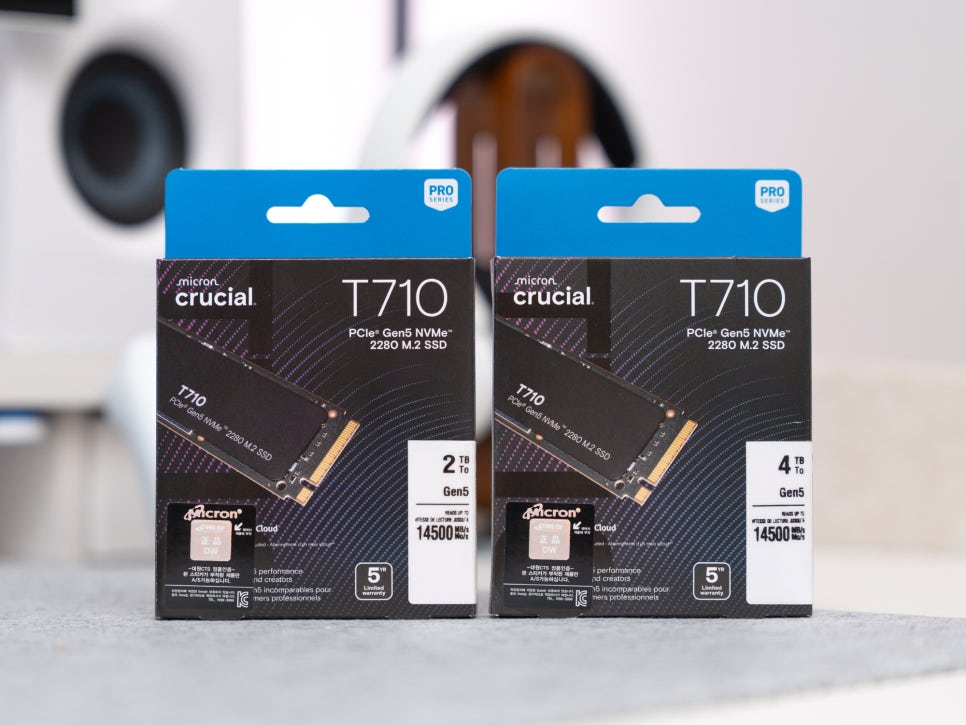
To meet the needs of these creators and gamers, Micron has released the flagship T710 with DRAM in 1TB, 2TB, and 4TB capacities. Today, following the previous 2TB review, we will take a detailed look at the features and actual performance of the Micron Crucial T710 4TB Daewon CTS.
Specifications and Configuration
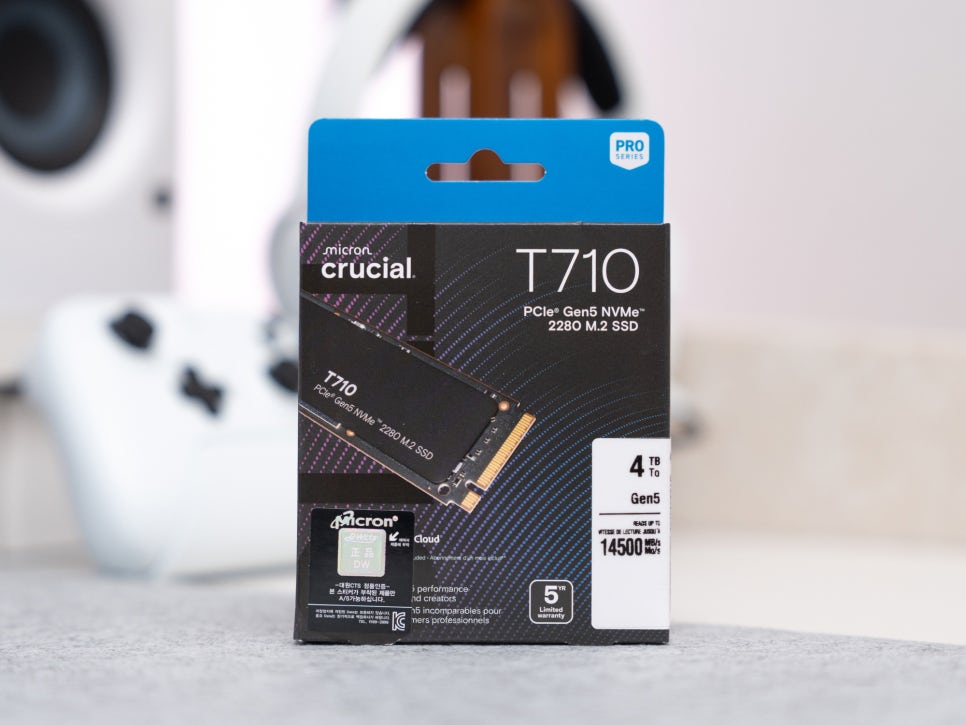
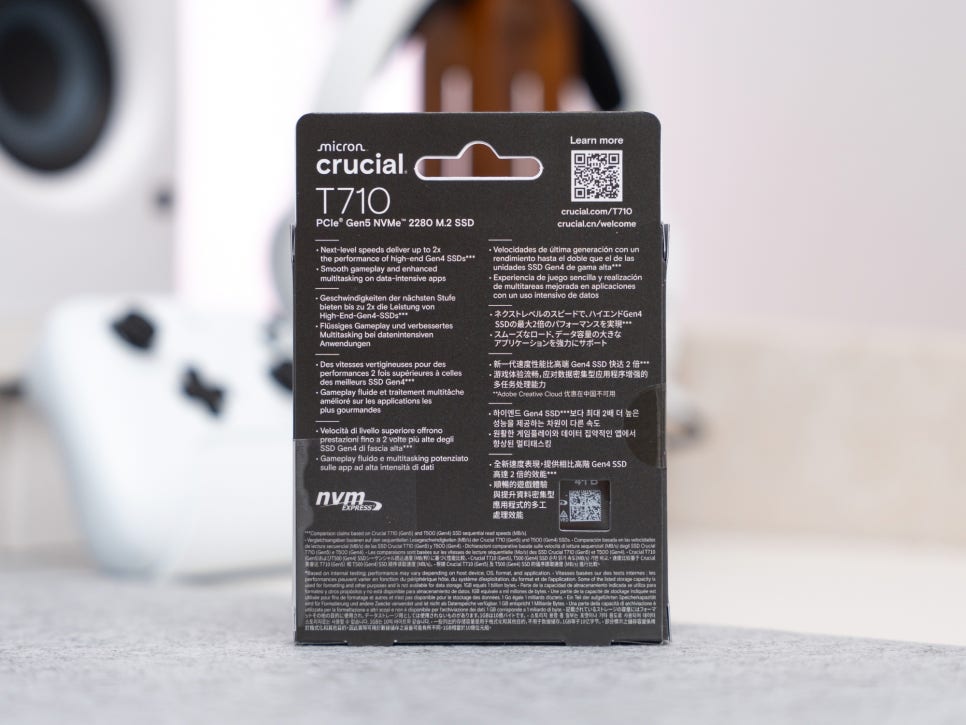
Product Specifications
Interface: PCIe Gen5 x4, NVMe 2.0
Capacity: 4TB
NAND Memory: Micron G9 276-layer 3D TLC NAND
Controller: Silicon Motion SM2508
DRAM: 4GB LPDDR4-4266
Sequential Read/Write: Up to 14,500MB/s / 13,800MB/s
Random Read/Write: Up to 2.2M / 2.3M IOPS
Endurance (TBW): 2,400TB (for 4TB model)
Warranty: 5-year limited
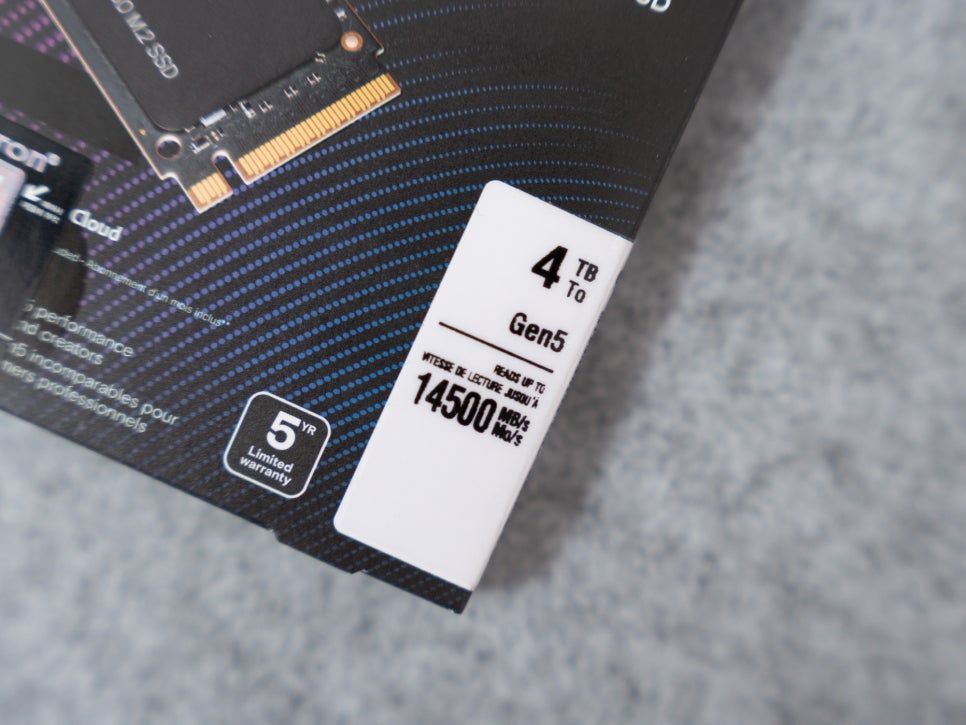
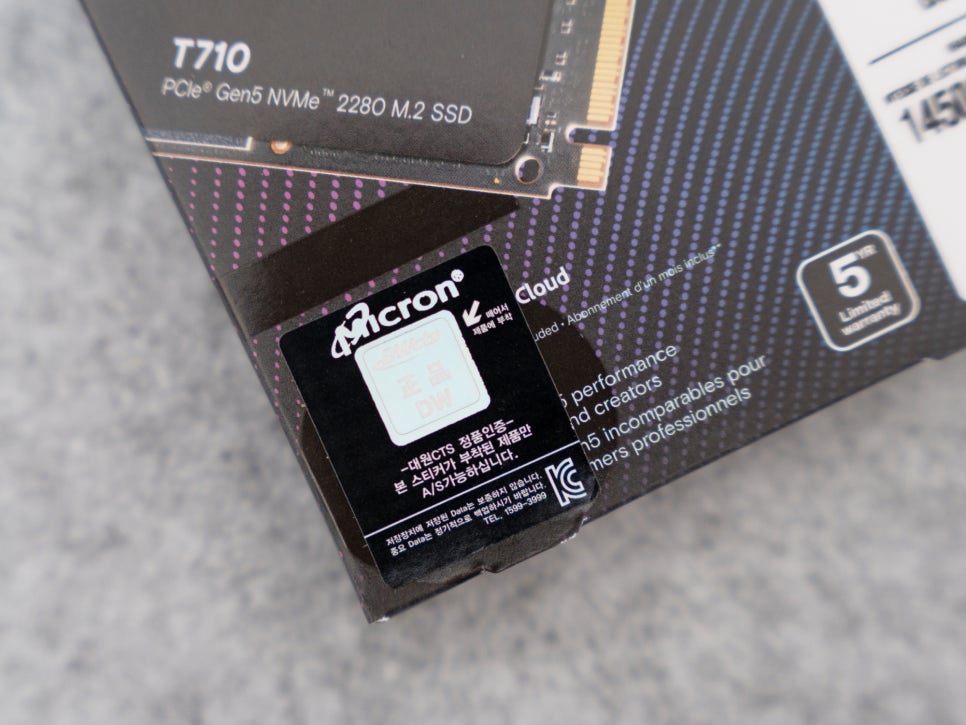
The packaging follows Micron’s typical design, with a clean blue and black theme. The front of the box clearly displays the product’s key specs and capacity, making it easy to verify when purchasing.
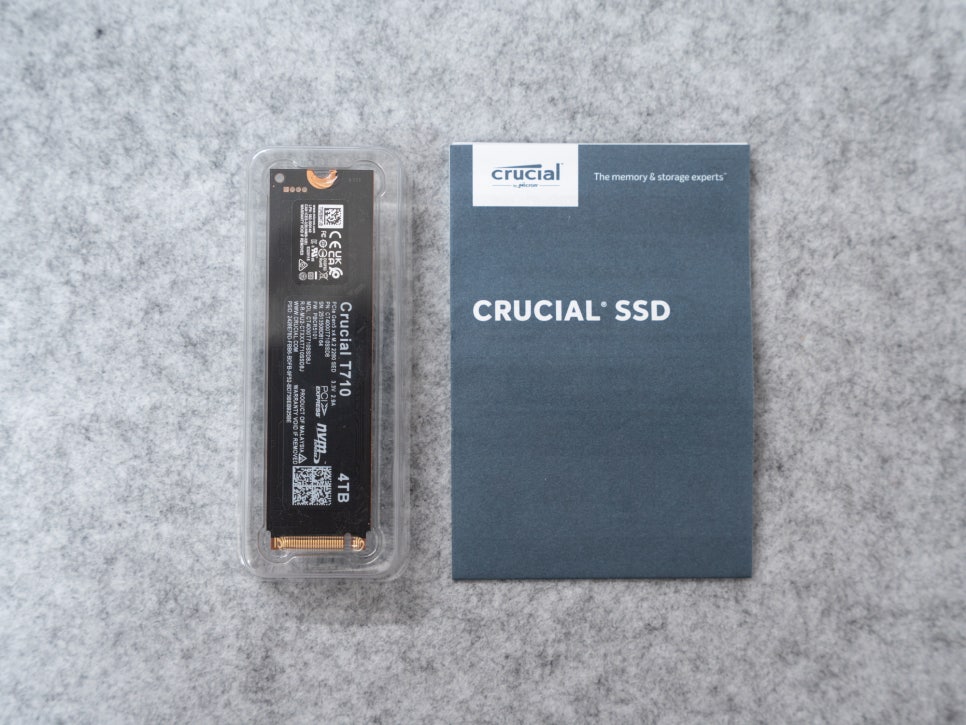
The package includes the SSD itself and a simple manual, with a version that includes a heatsink also available.
Appearance and Features
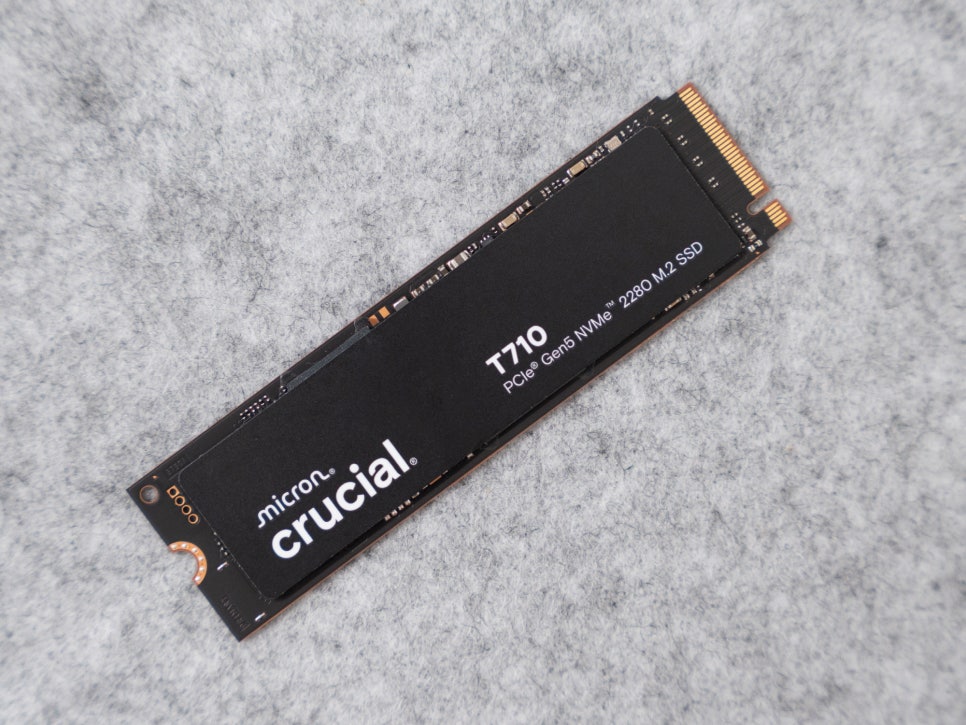
The T710 adopts the standard M.2 2280 form factor. Unlike the previous T705, it features a single-sided design across all capacities, making it suitable for use in laptops, mini PCs, consoles, and more. Thanks to the high-density technology of Micron’s G9 NAND, it maintains a single-sided design even with a large 4TB capacity.
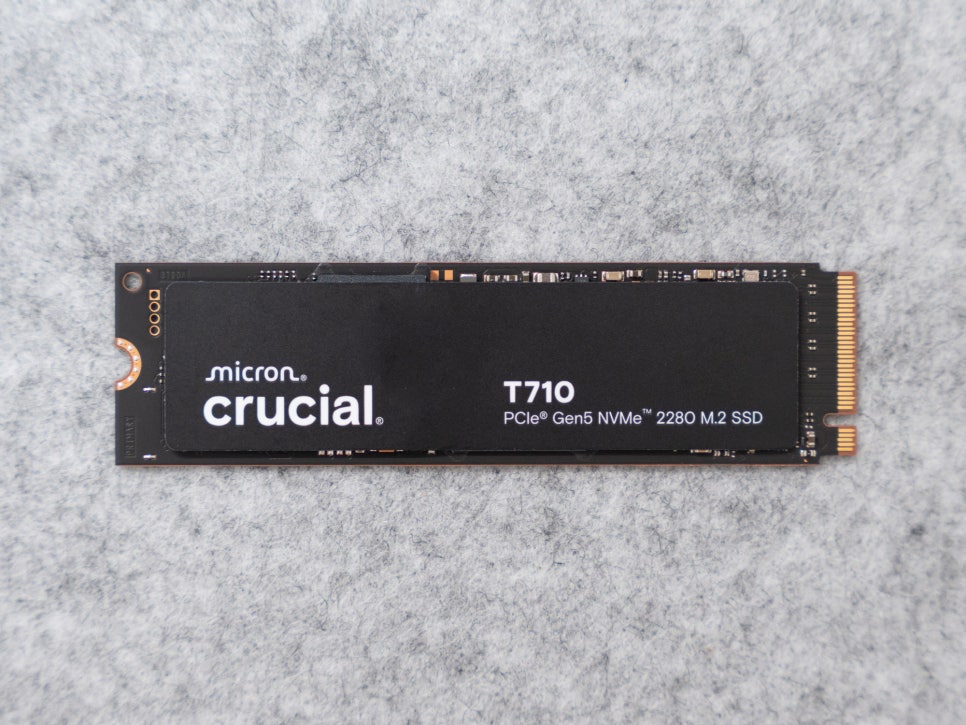
The official performance sheet shows that the 4TB model offers an impressive sequential read speed of 14,500MB/s and write speed of 13,800MB/s. Additionally, it boasts top-tier random performance with 2.2M IOPS for random reads and 2.3M IOPS for random writes. Random read speed is a crucial metric that directly affects perceived performance in everyday computing tasks like system booting, program execution, and game loading. The T710 shows a 28% improvement in random read and a 42% improvement in random write compared to the previous generation.
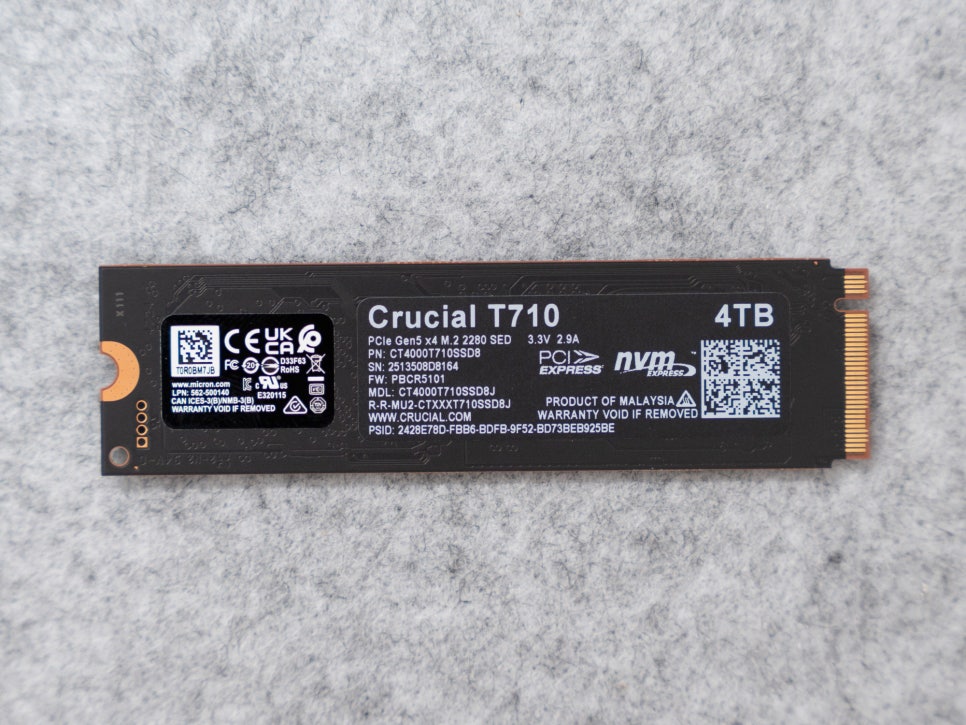
While the T710 is based on the PCIe Gen5 NVMe interface, it also offers full backward compatibility with PCIe 4.0 and lower systems.
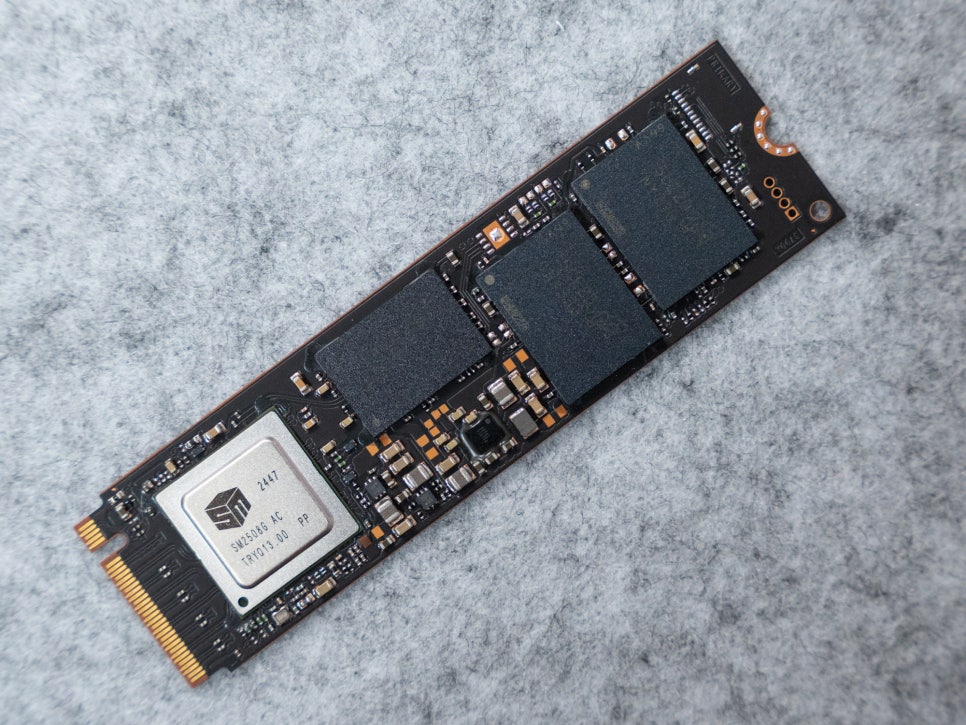
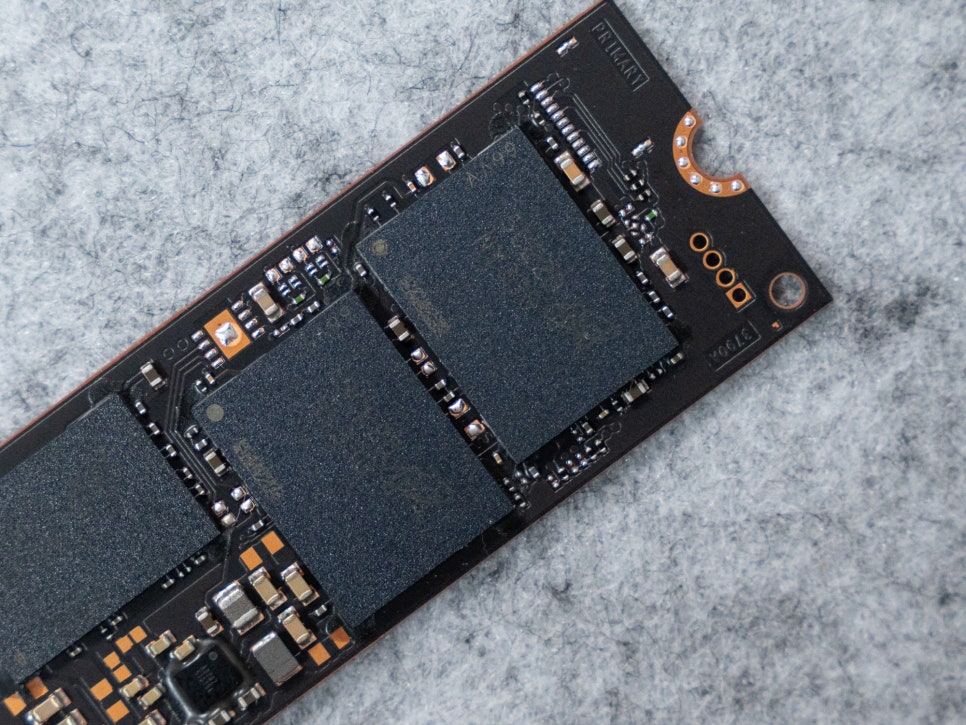
The T710 is equipped with Micron’s latest G9 276-layer 3D TLC NAND, supporting an interface speed of 3.6GT/s, which is a 50% improvement over previous models, and the package size has been reduced by 28%.
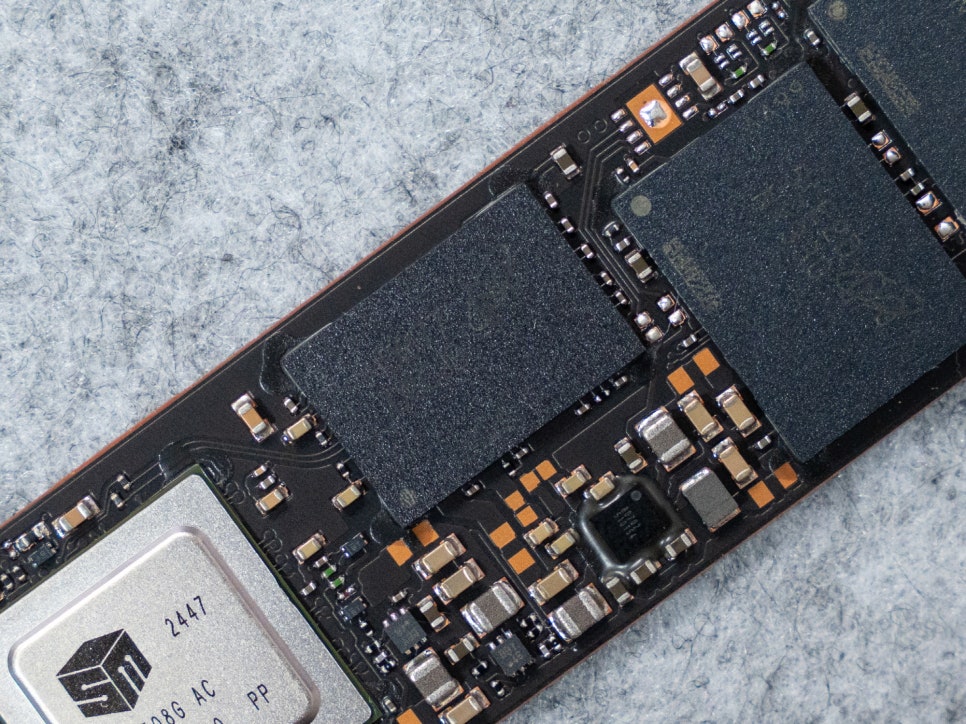
The Micron Crucial T710 4TB comes with 4GB of LPDDR4-4266 DRAM. This DRAM cache stores frequently accessed data, reducing NAND flash access and improving response times, thus providing more stable and consistent performance. Especially with a large 4TB capacity, more DRAM cache significantly aids performance stability.
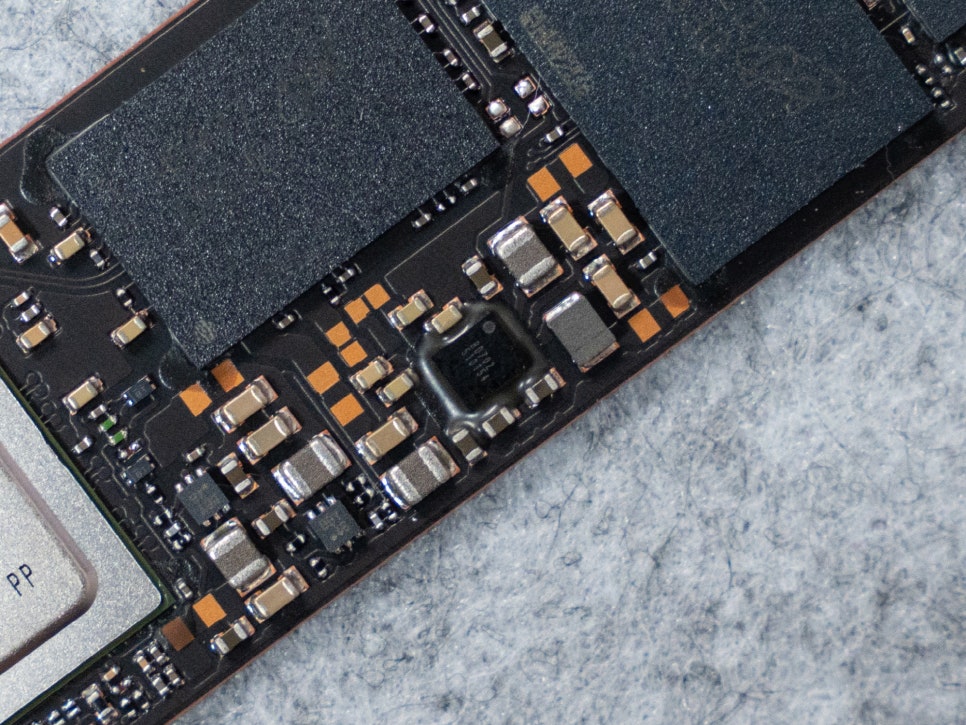
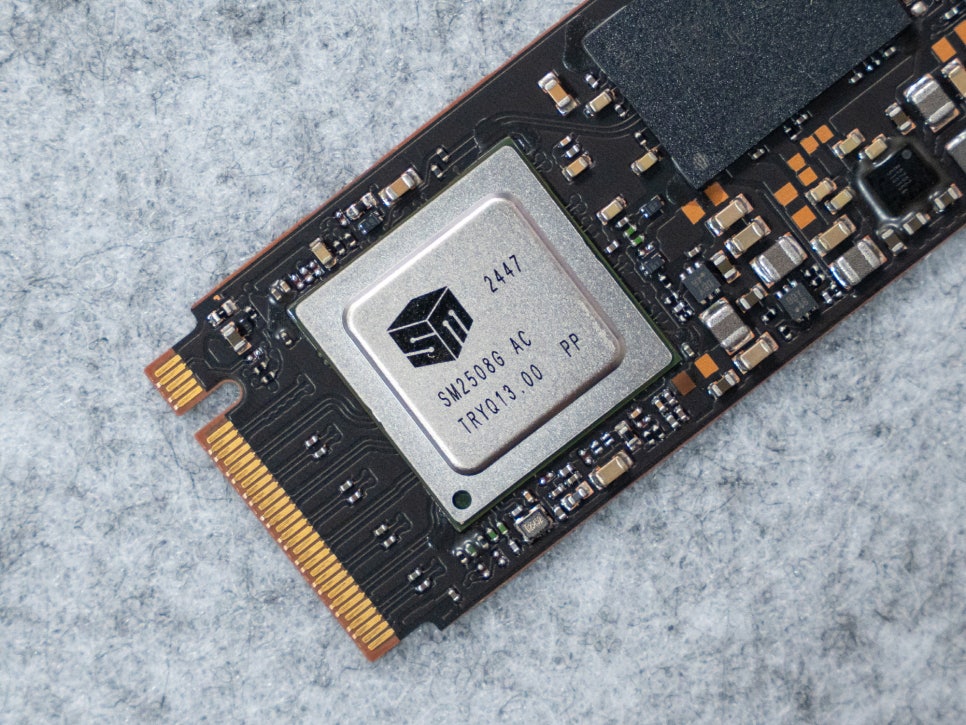
The controller used is the Silicon Motion SM2508, manufactured with a 6nm process. Composed of four ARM Cortex-R8 cores and one Cortex-M0 core, this controller offers significant advantages in power efficiency and heat management compared to the Phison E26 used in the previous T705.
System Configuration
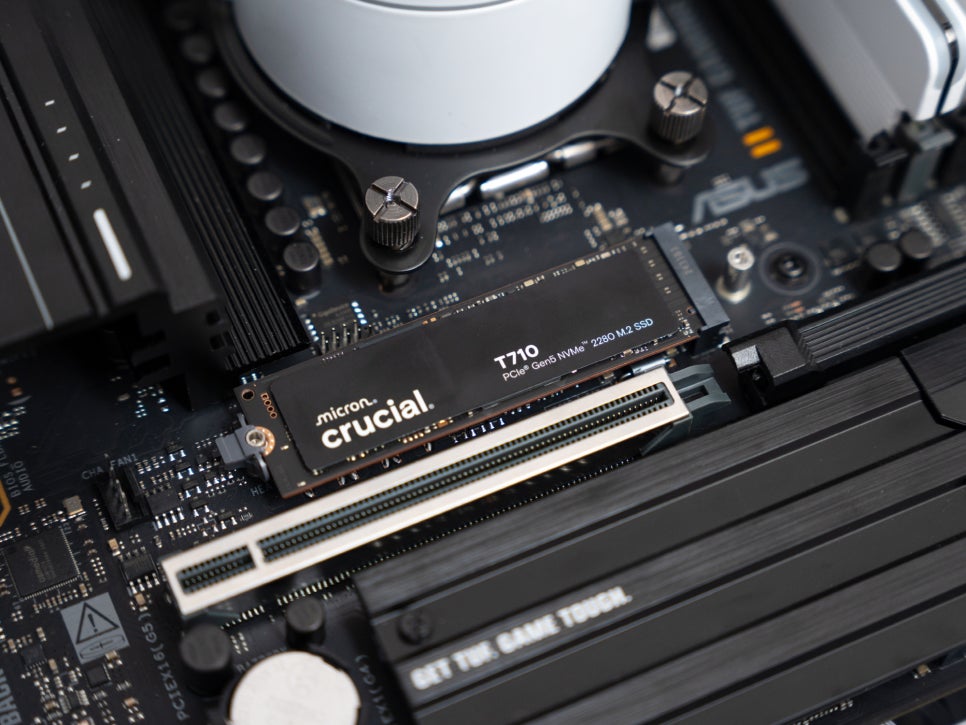
For this test, the system was configured as follows:
System Specifications
CPU: AMD Ryzen 7 9800X3D
Motherboard: ASUS TUF Gaming B850M-Plus WiFi
Graphics Card: NVIDIA GeForce RTX 5070
Memory: ESSENCORE KLEVV DDR5-6400 CL32D URBANE V RGB 32GB

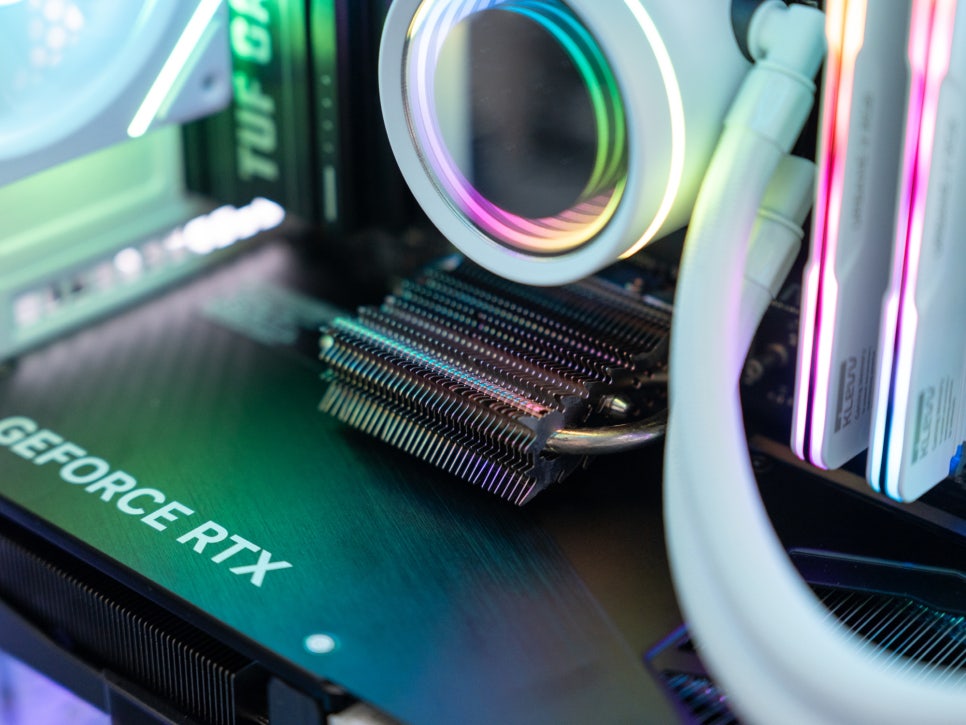
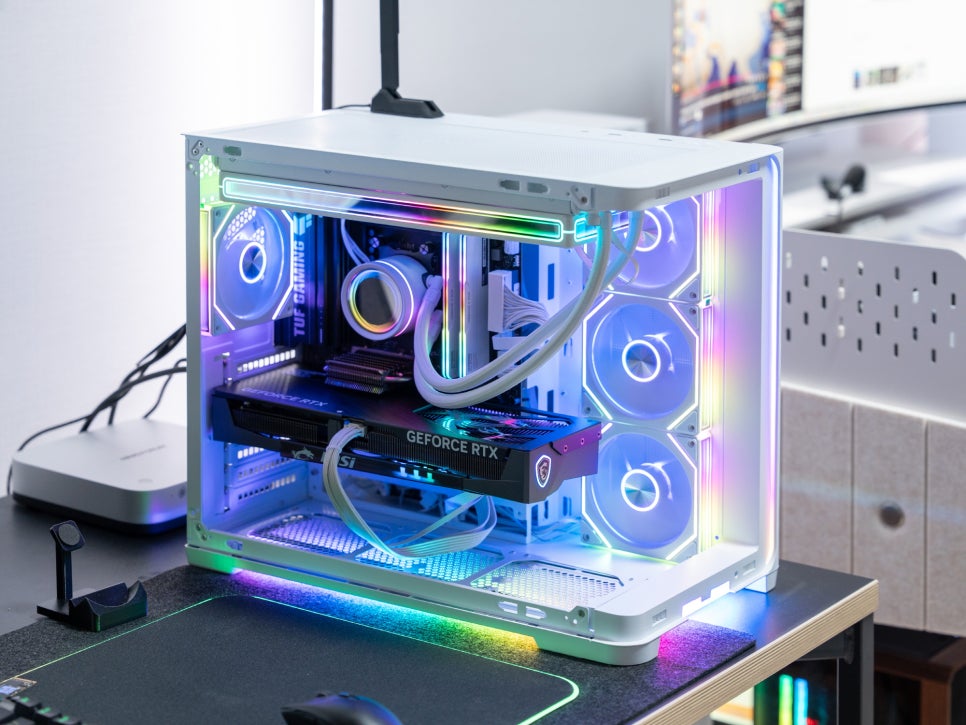
During the previous 2TB model test, temperatures exceeded 70 degrees during prolonged high-load tasks. For the 4TB test, an additional SSD heatsink with a heatsink was purchased and applied. By installing the additional heatsink on top of the motherboard’s default heatsink, significant improvements in temperature control were achieved.
Crystal Disk Mark
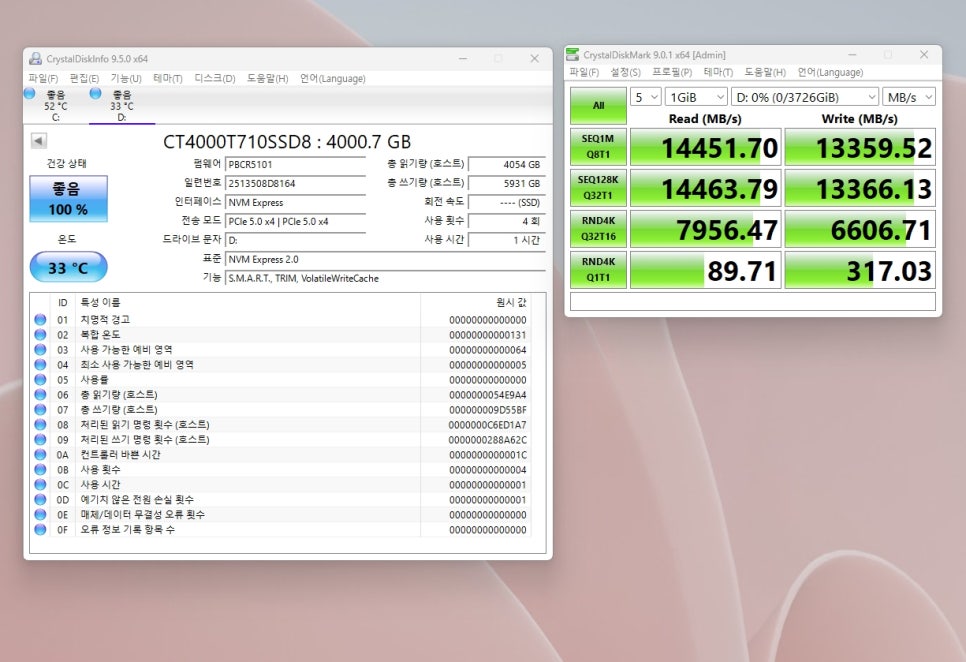
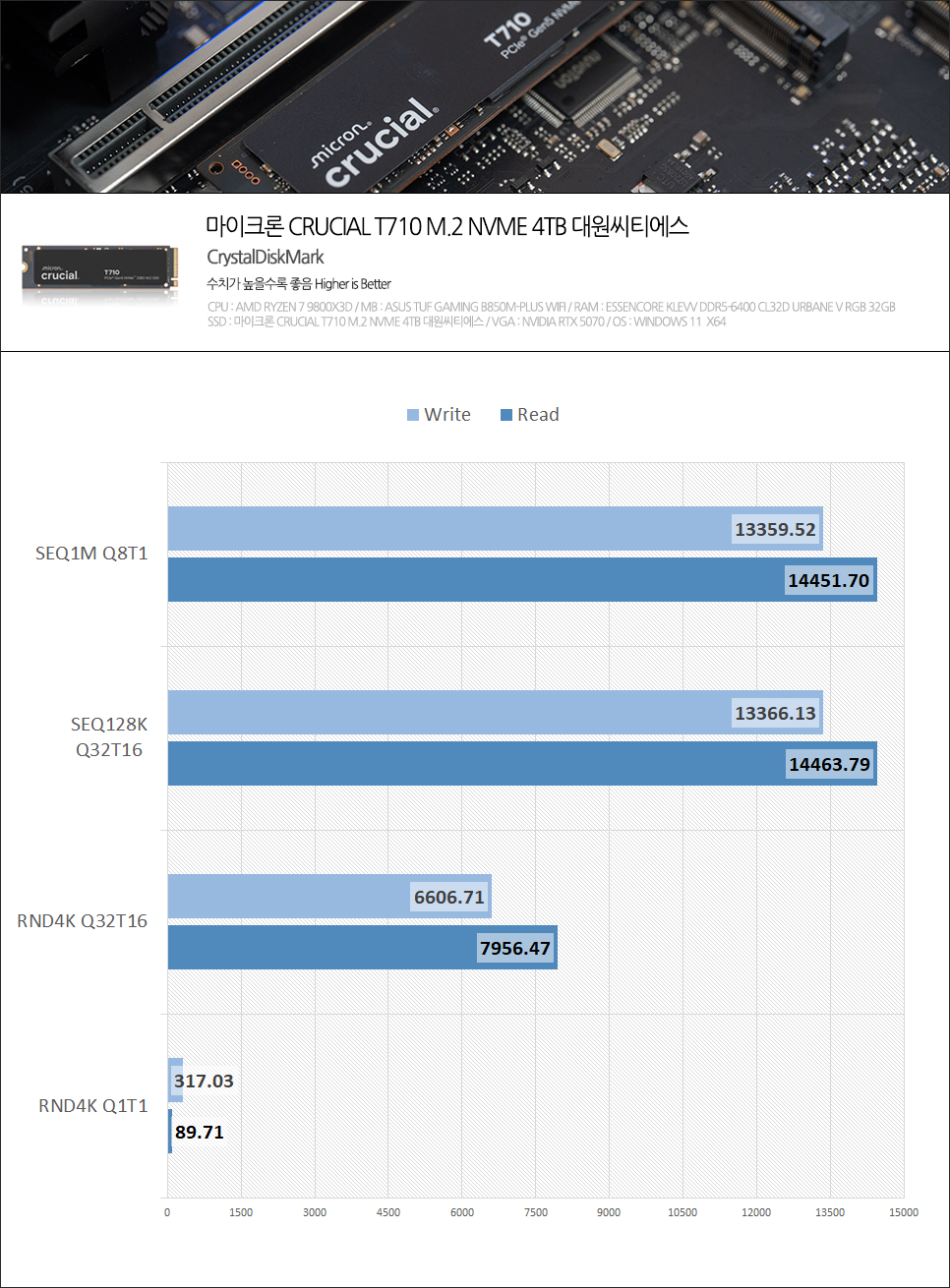
Using CrystalDiskMark, a standard for measuring SSD performance, we examined the performance of the T710 4TB. The test results showed sequential read speeds of 14,451MB/s and sequential write speeds of 13,359MB/s, closely matching the official specifications.
In the RND4K Q1T1 test, which is most closely related to real-world usage, it recorded read speeds of 89.71MB/s and write speeds of 317.8MB/s, demonstrating excellent performance in Windows boot speed, application launch times, and file exploration responsiveness.
AS SSD Benchmark
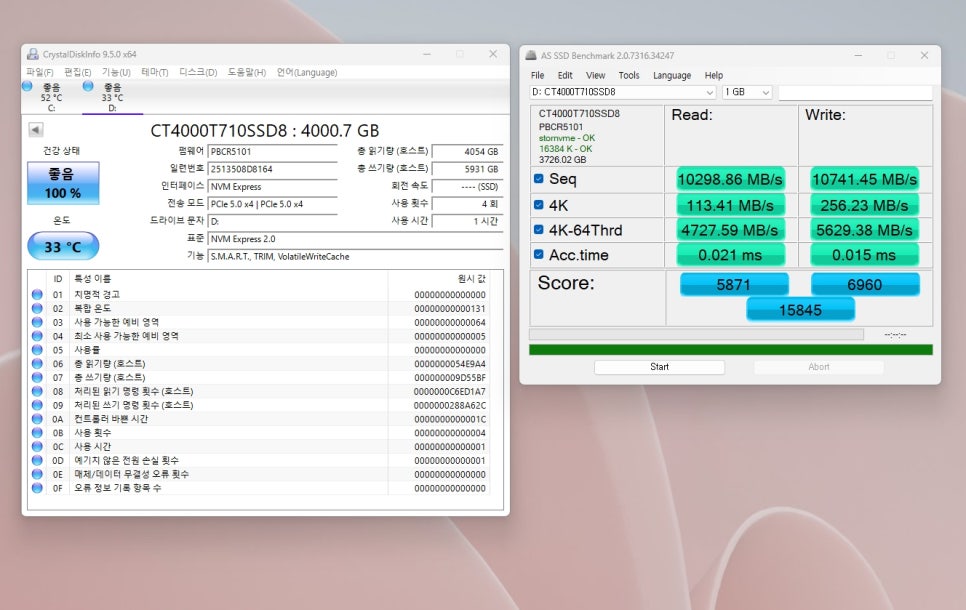
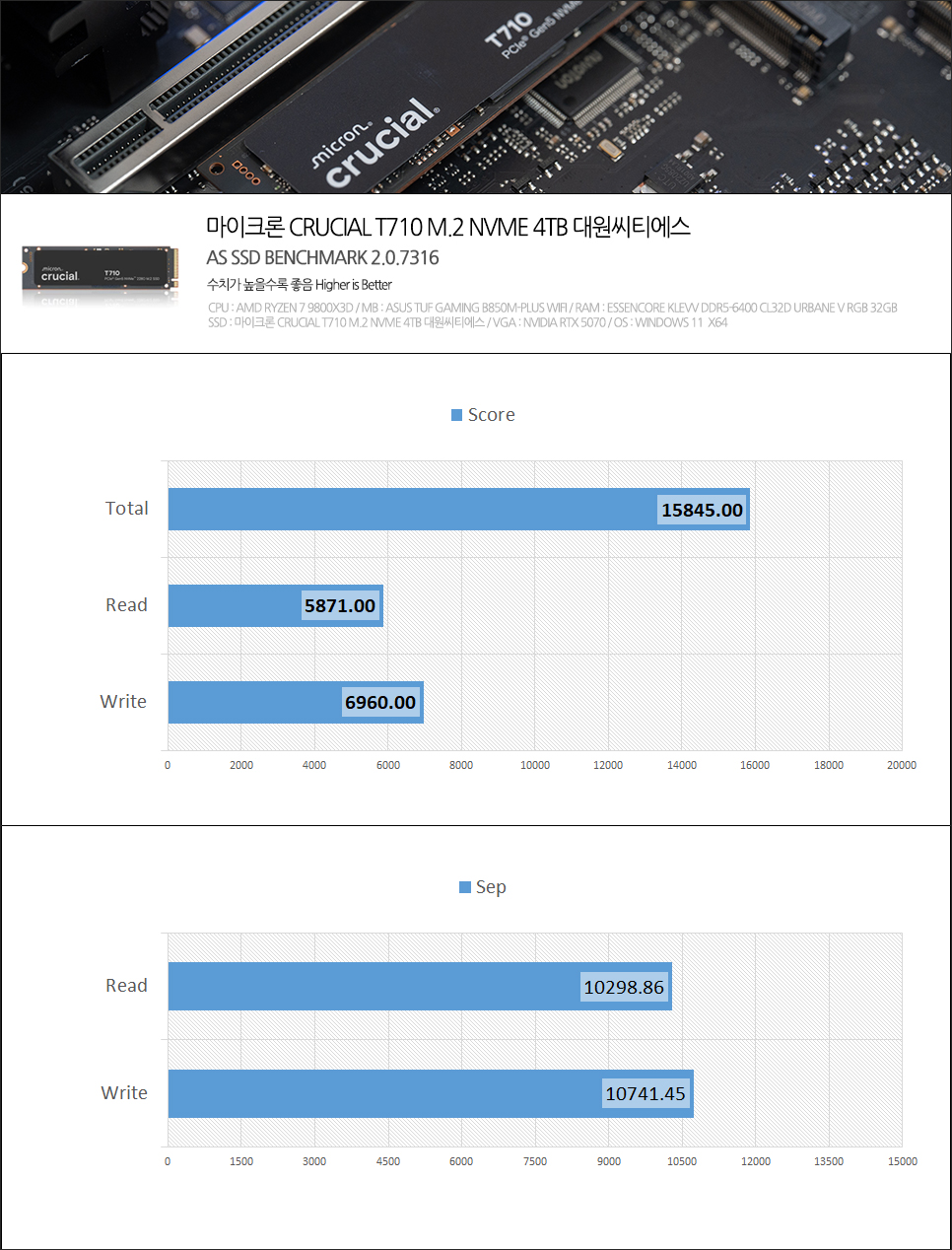
In the AS SSD Benchmark test, which reflects actual usage patterns, the T710 4TB achieved impressive results. It scored 5,871 in read performance and 6,960 in write performance, with a total score of 15,845.
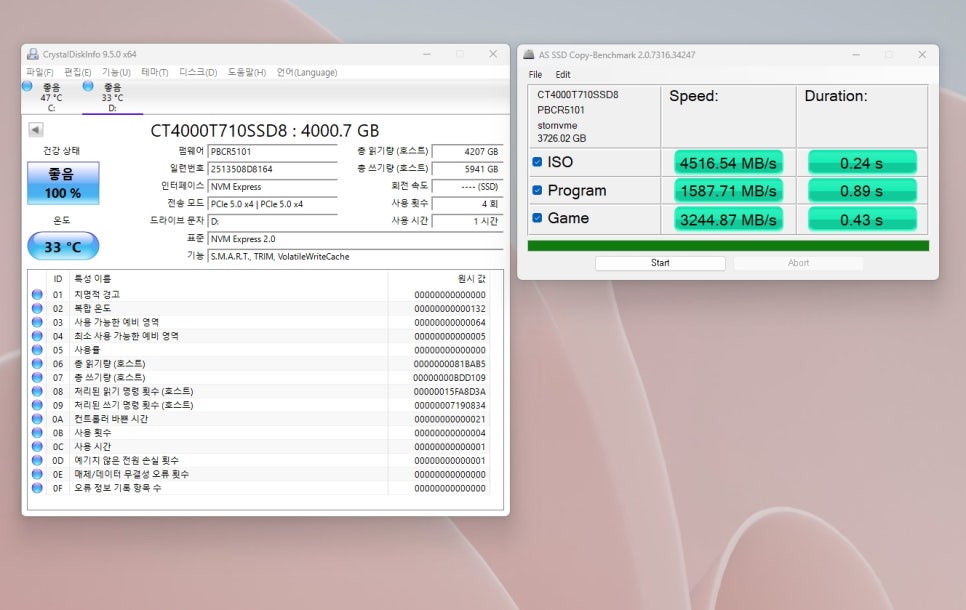
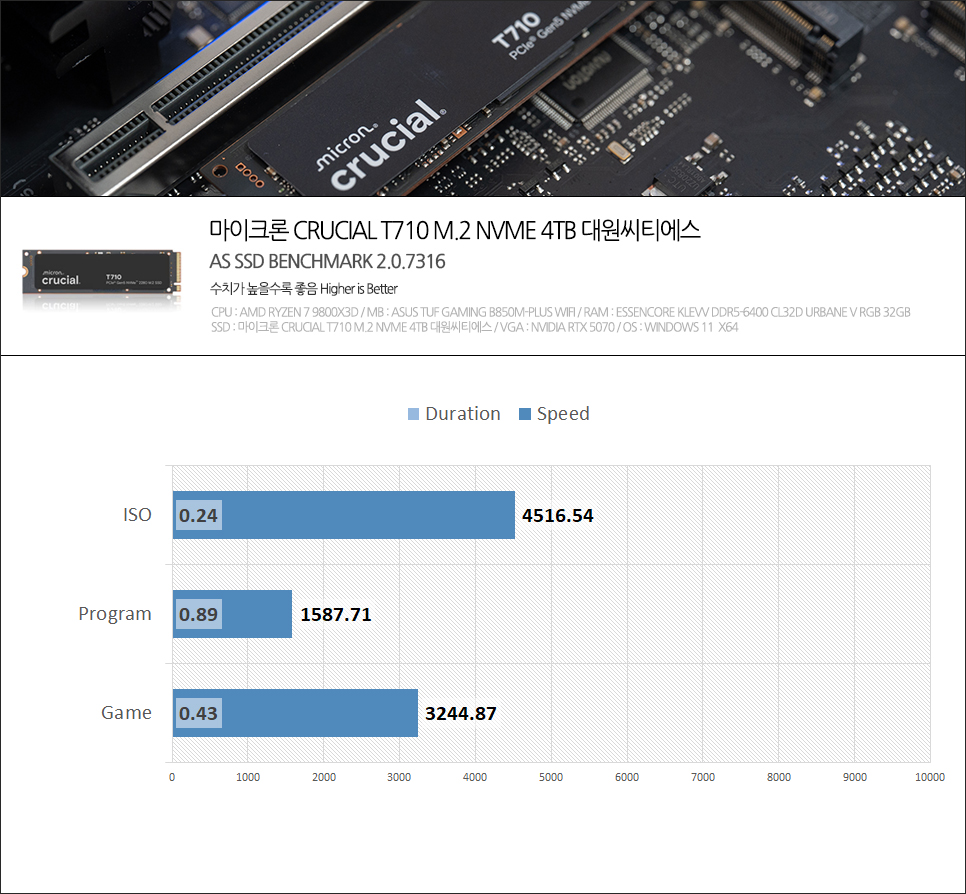
In the Copy-Benchmark test for actual file transfer, it showed speeds of 4,516MB/s for ISO file transfers, 1,587MB/s for program file transfers, and 3,244MB/s for game data transfers, particularly excelling in handling large files.

In the Compression-Benchmark, it maintained consistent performance regardless of compression ratio, which can be attributed to the excellent combination of the controller and NAND flash.
AJA System Test
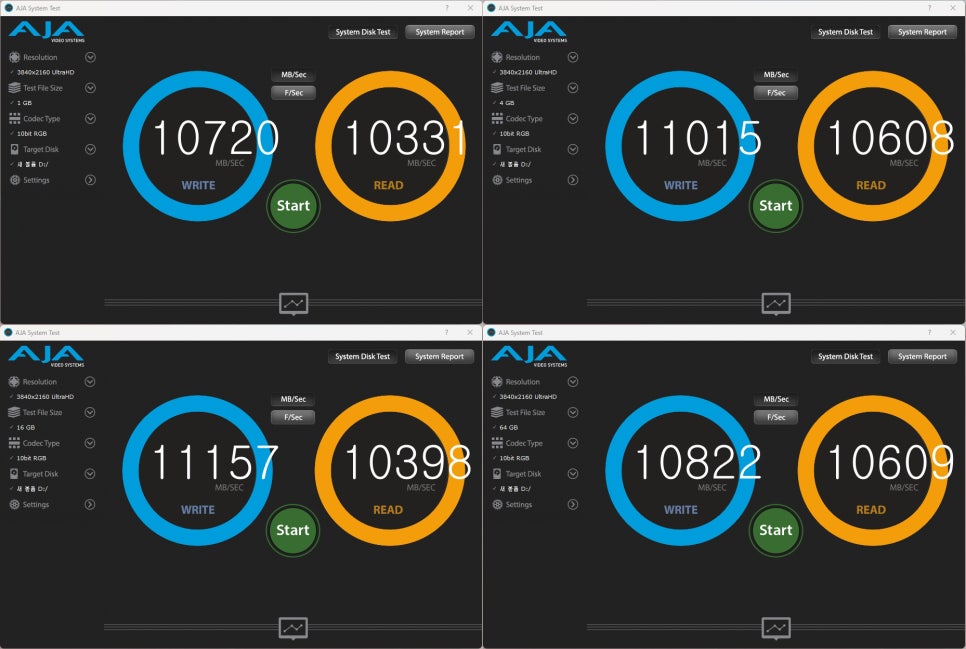
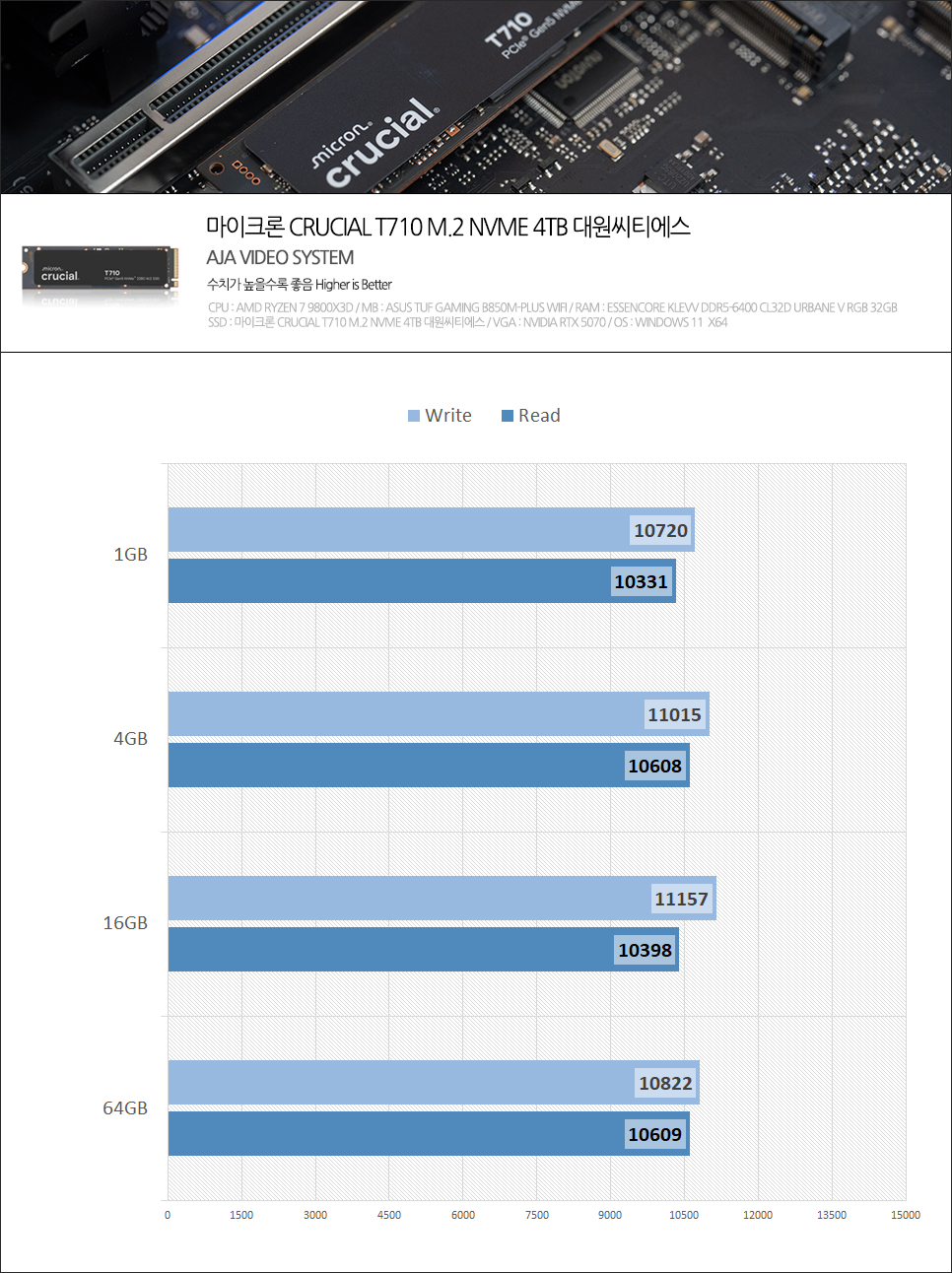
In the AJA System Test, used by video production professionals, the T710 4TB demonstrated excellent performance. The results show that it maintains stable performance without stuttering during 8K ProRes RAW video file processing, perfectly meeting the demands of professional video editing tasks. The ample 4TB storage space allows for managing multiple large-scale projects simultaneously.
3DMark Storage Benchmark
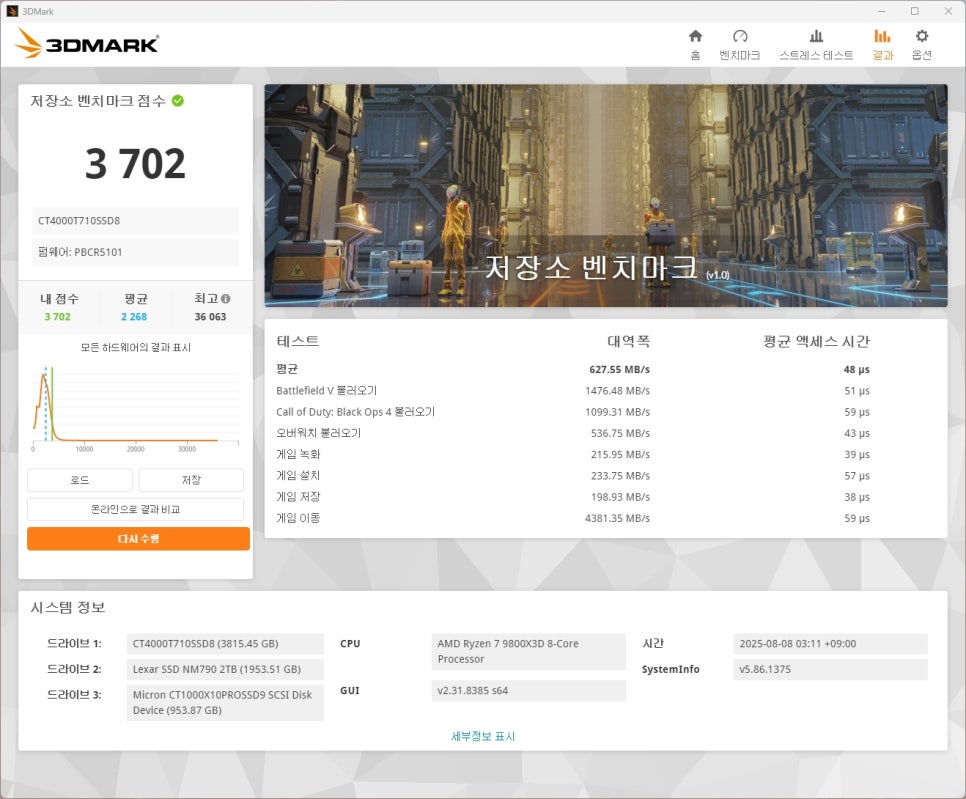
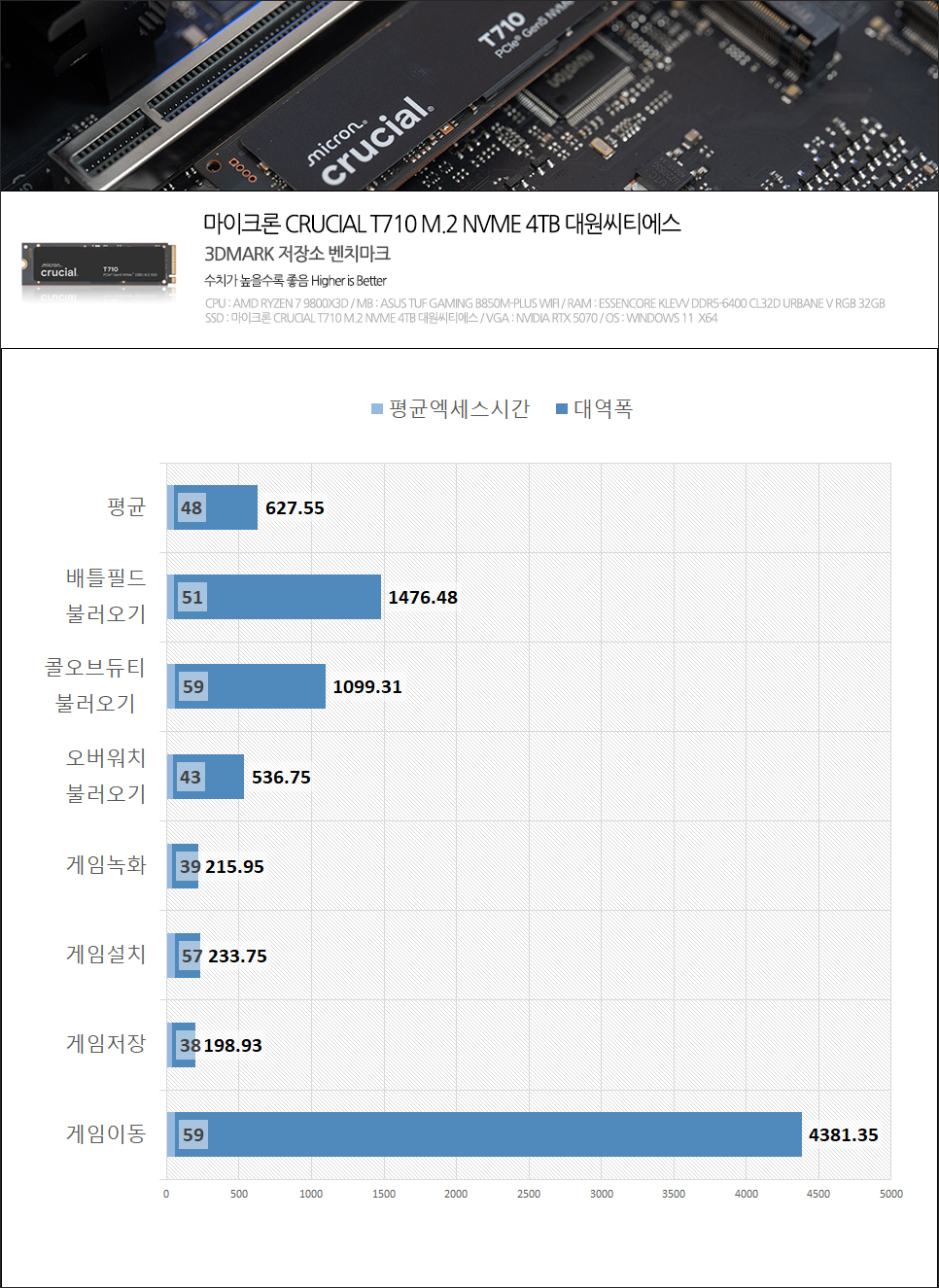
In the 3DMark Storage Benchmark, which evaluates storage device performance in gaming environments, the T710 4TB scored an impressive 3,702 points. This performance corresponds to the highest grade for gaming SSDs, ensuring rapid loading and smooth data streaming for large games.
3DMark DirectStorage Test
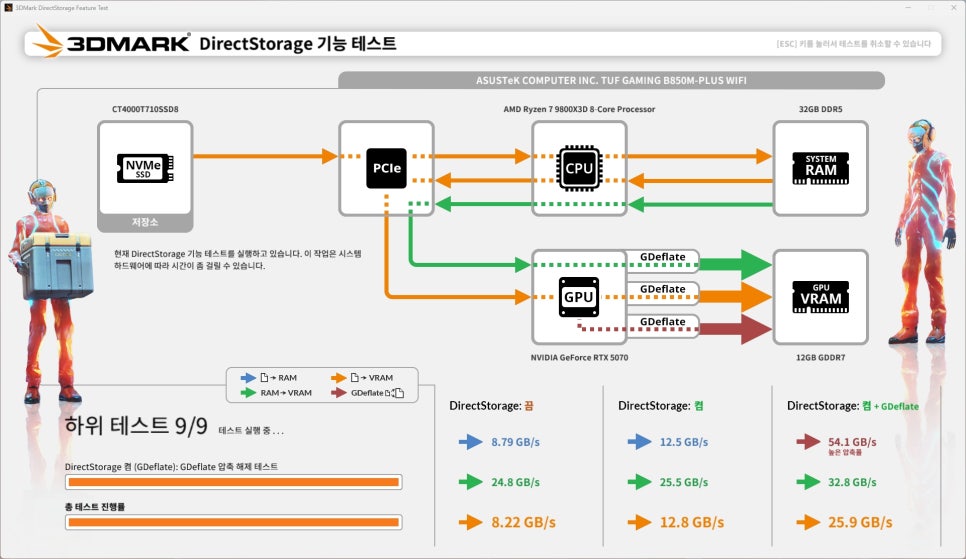
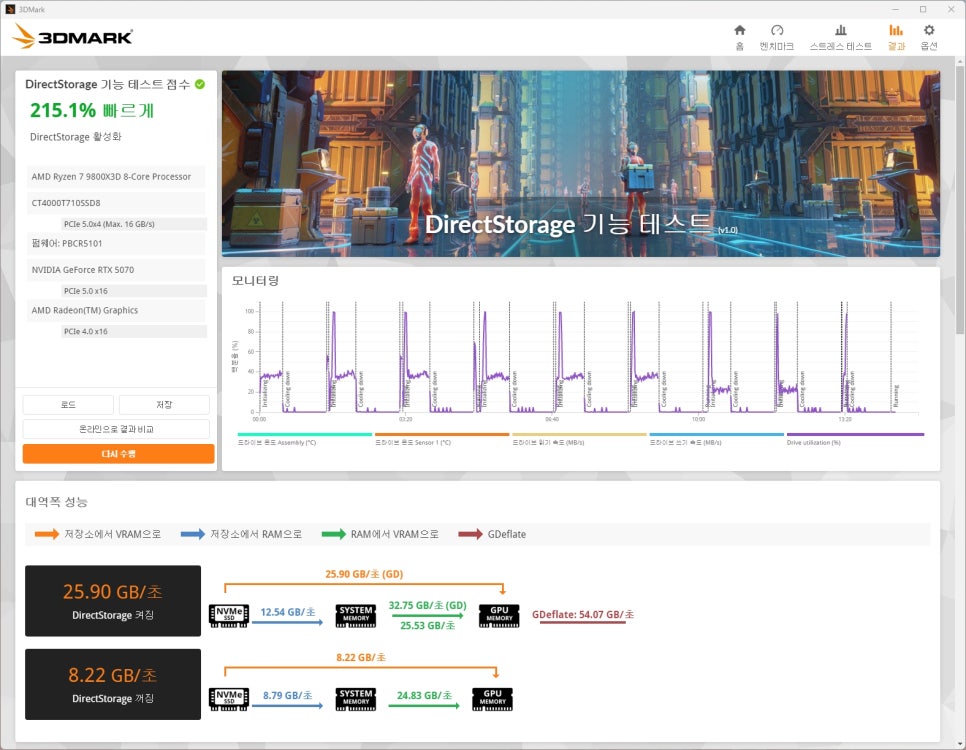
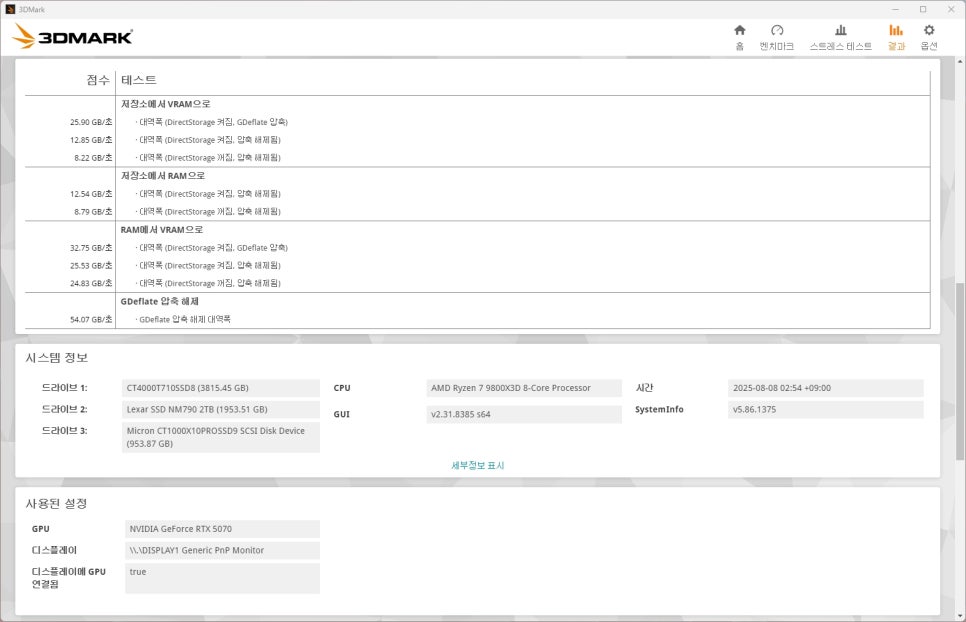
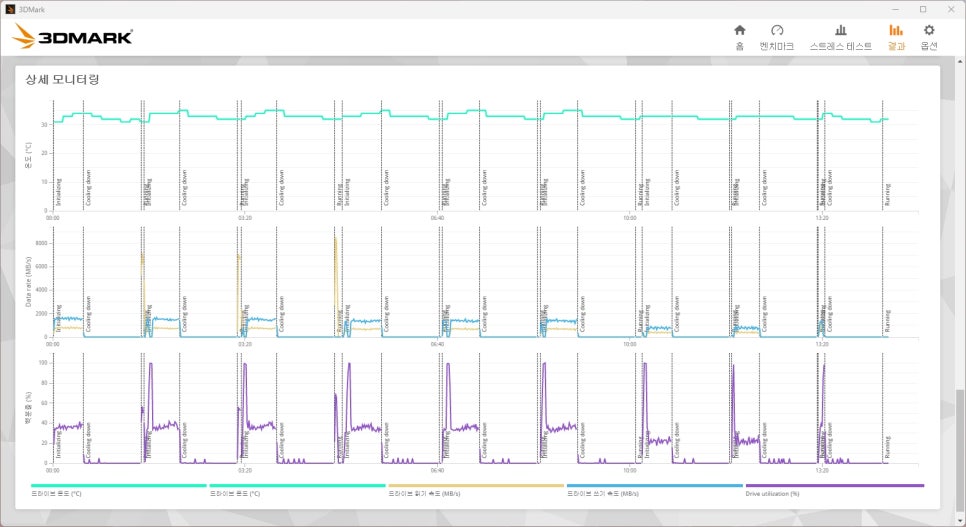
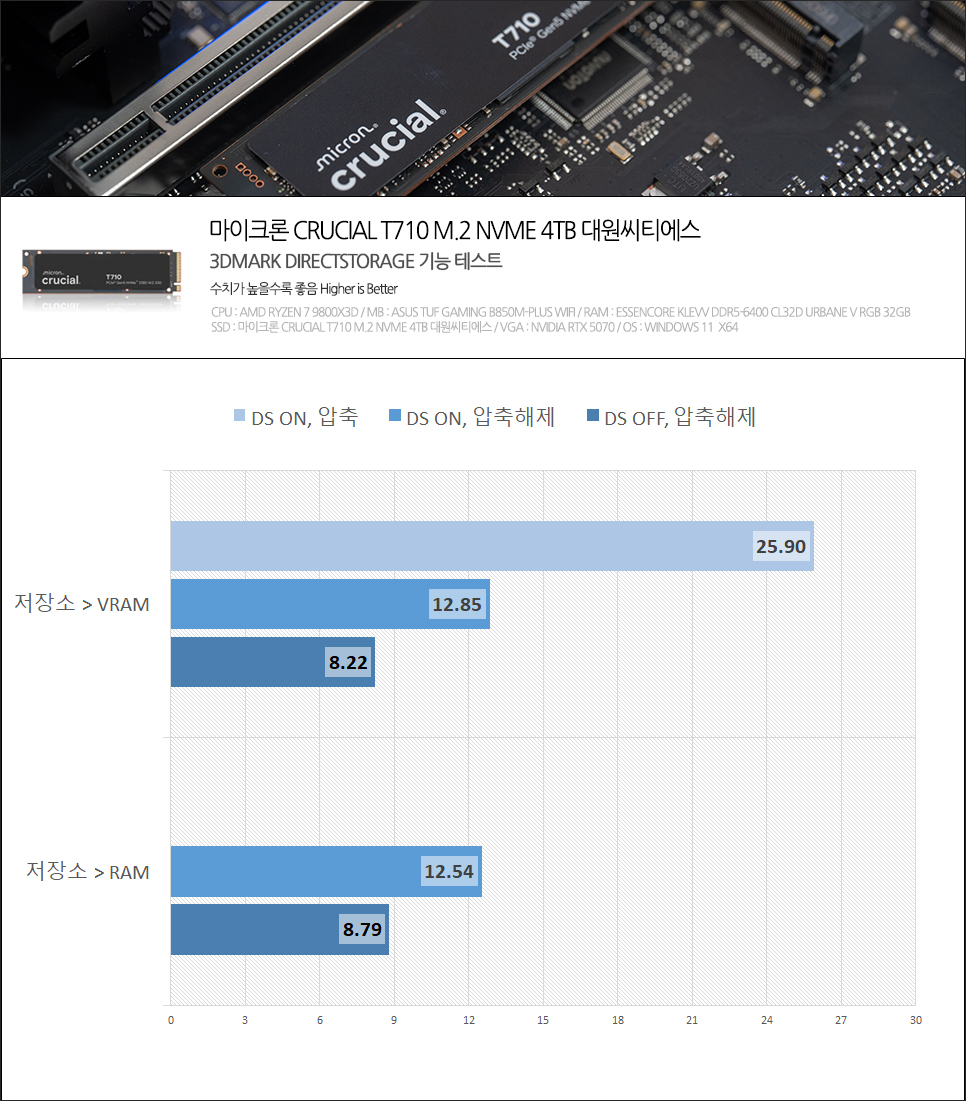
In performance measurements utilizing Microsoft’s DirectStorage technology, the T710 4TB achieved an index of 215.0%. This allows for ultra-fast loading of textures and assets through perfect integration with the DirectStorage API during large AAA game executions, creating a seamless gaming experience even in the latest blockbuster games.
The optimization of Microsoft’s DirectStorage API minimizes system bottlenecks in high-load situations such as open-world streaming, real-time ray tracing, and large-scale AI model calls in AAA games. It also allows for quick caching and editing of 8K RAW videos or massive design files, providing satisfactory performance not only for gaming but also for creators specializing in video/photo editing.
Dummy File Creator Test
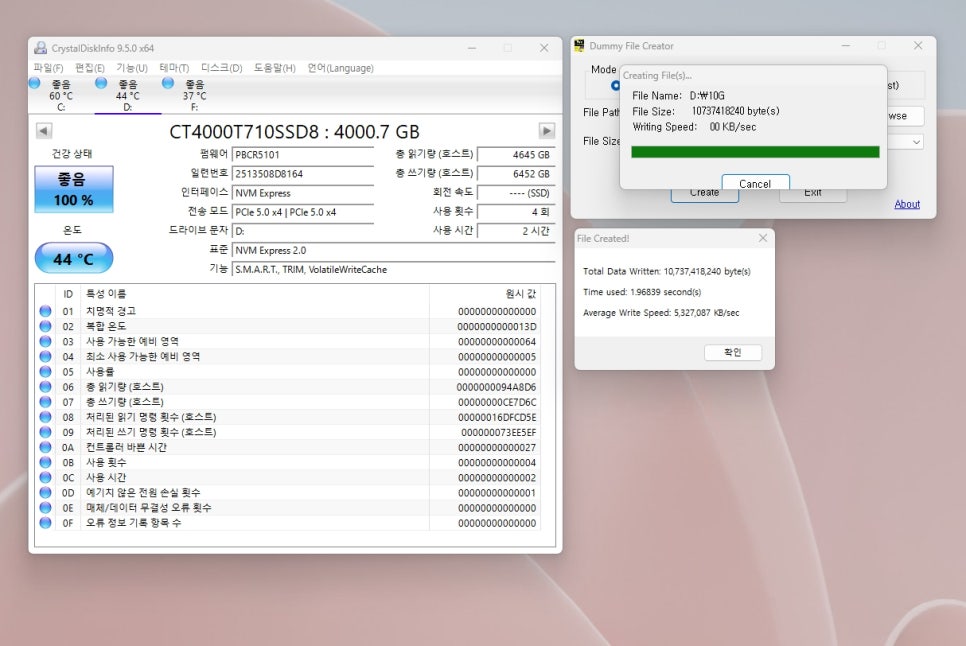
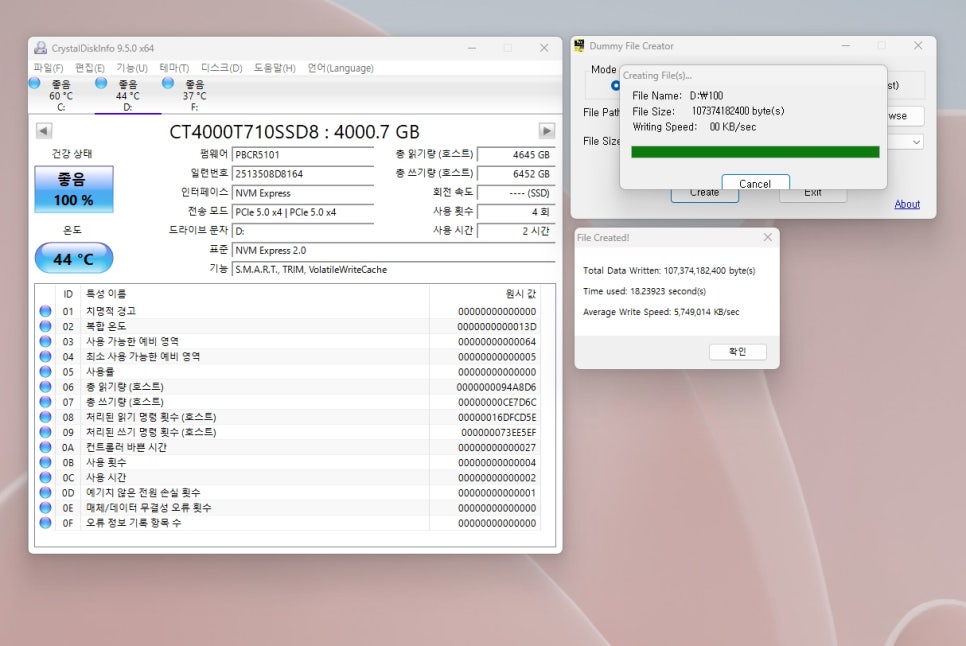
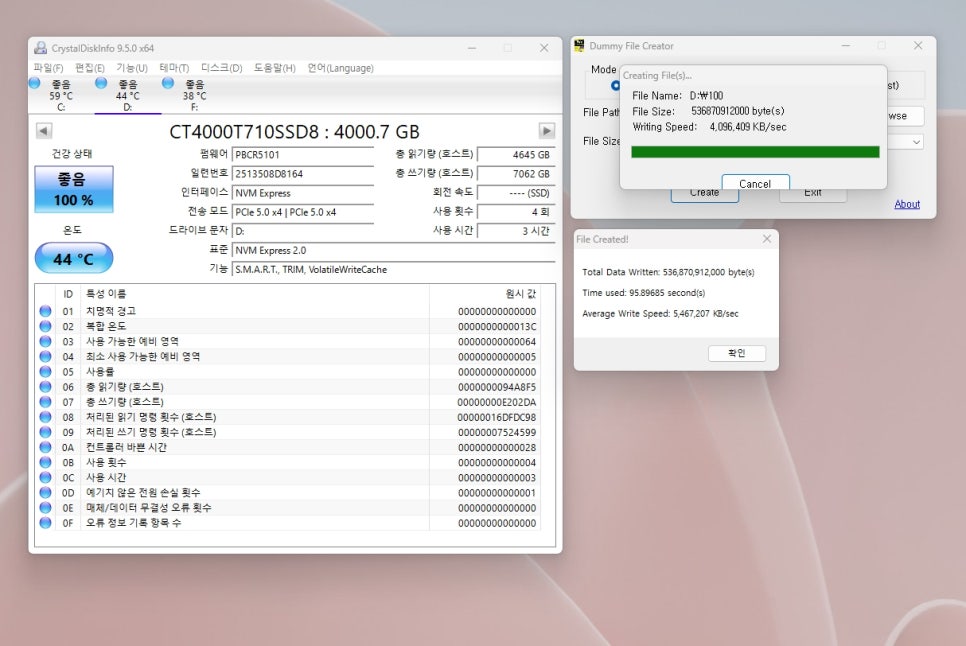

In the continuous write performance test through large file creation, the T710 4TB showed outstanding results. It recorded 1.92 seconds for creating a 10GB file, 19.5 seconds for a 100GB file, and 110.2 seconds for a 500GB file.
Compared to the previously tested P510, the difference is clear, with the P510 taking 45.47 seconds for a 100GB file and 323.12 seconds for a 500GB file. The T710 4TB is more than 2.5 times faster.
Naraeon Dirty Test

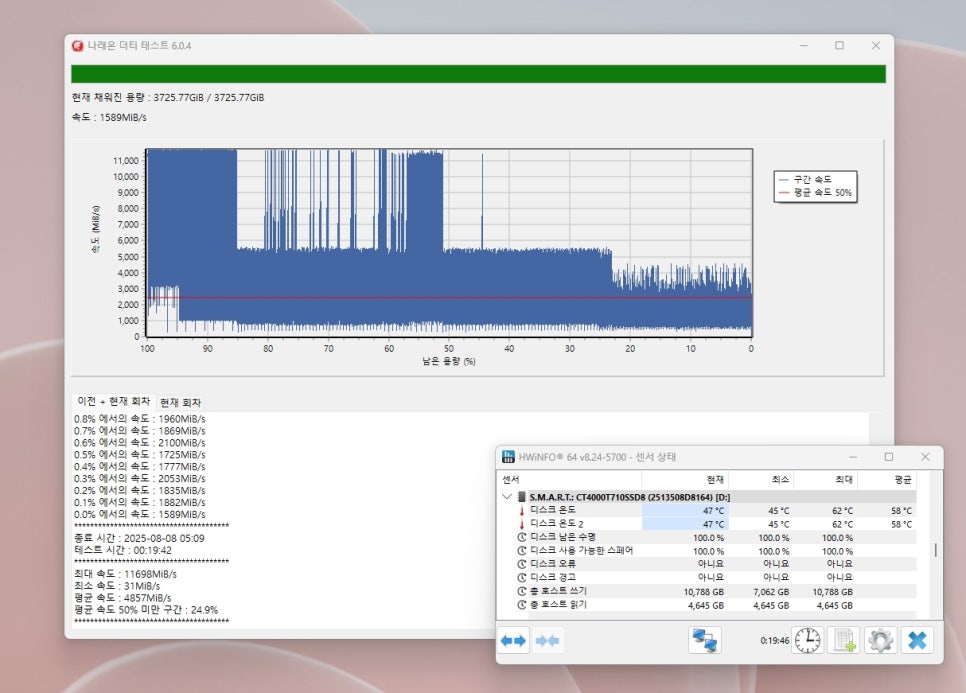
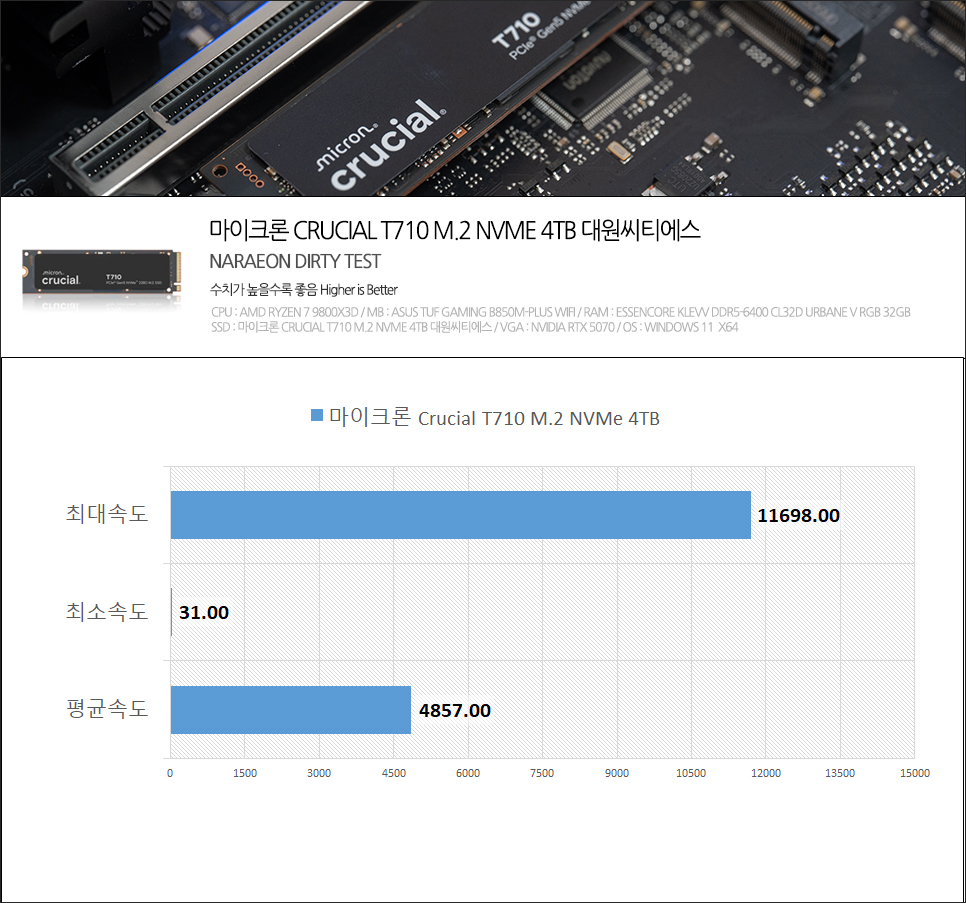
In the dirty test simulating long-term usage, it consistently maintained peak performance of about 12,000MB/s up to 85% capacity. After the SLC cache was exhausted, it switched to pSLC cache, resulting in a performance drop to about 5,500MB/s. The final native performance also maintained over 1,000MB/s, confirming stable and excellent performance in actual usage environments.
During the approximately 19-minute continuous test, thanks to the additional heatsink application, the maximum temperature recorded was 62 degrees, with an average temperature of 58 degrees, significantly lower than before. This appears to be the result of the synergy between the T710’s 24% improved power efficiency and the additional cooling solution.
PCMark 10 Test
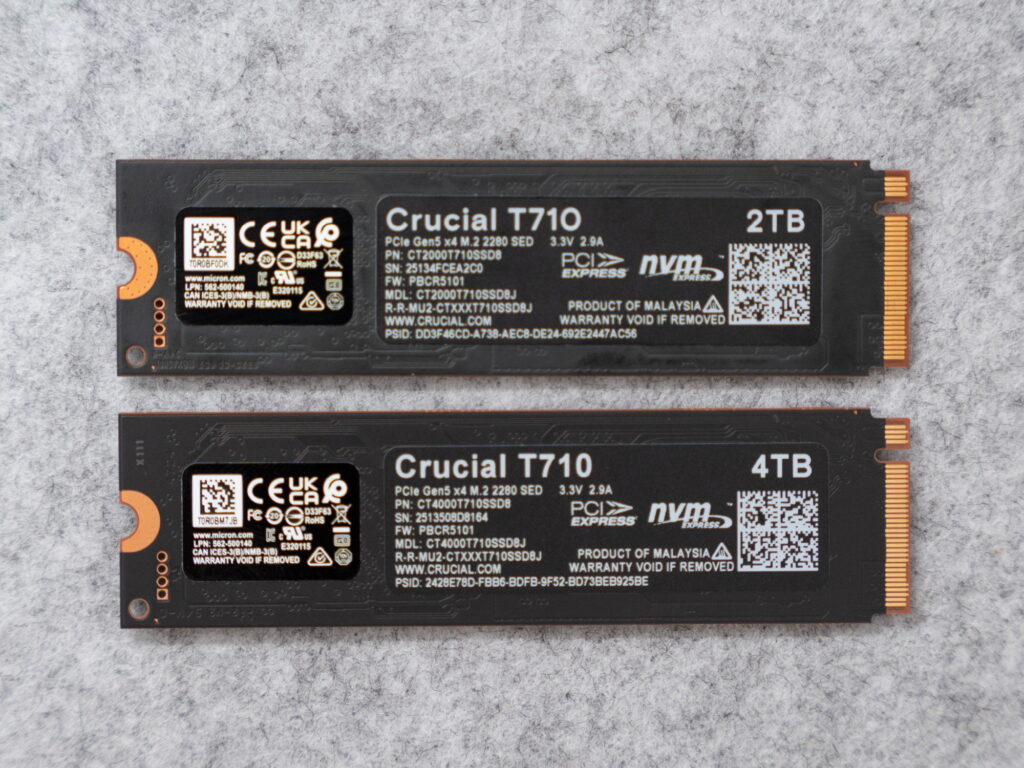
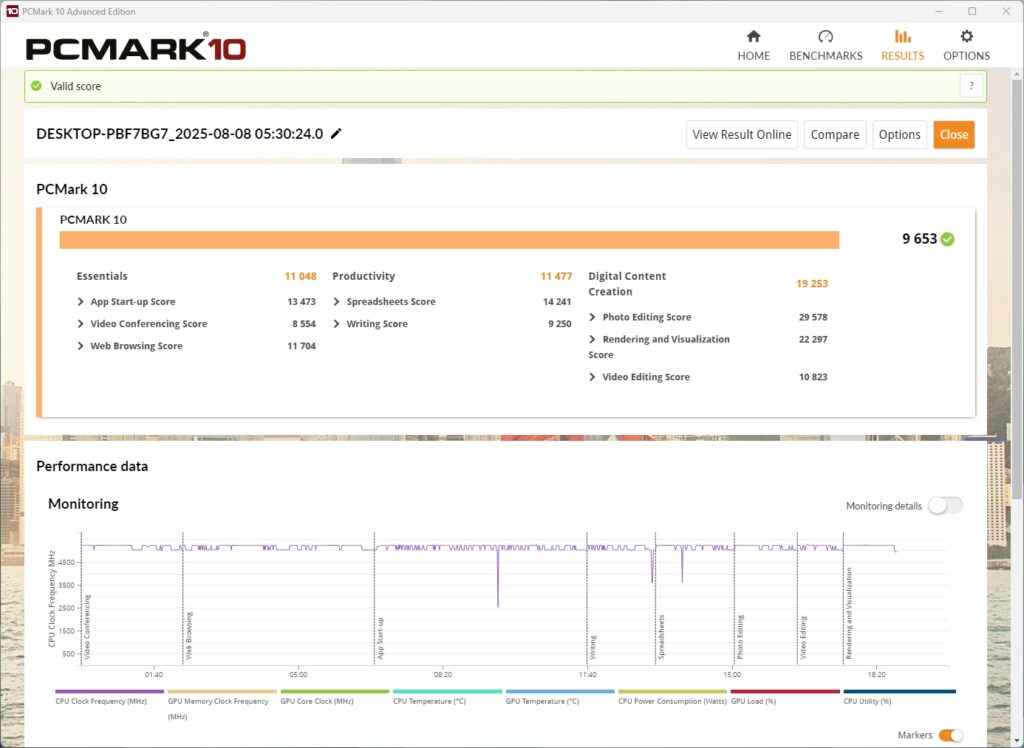
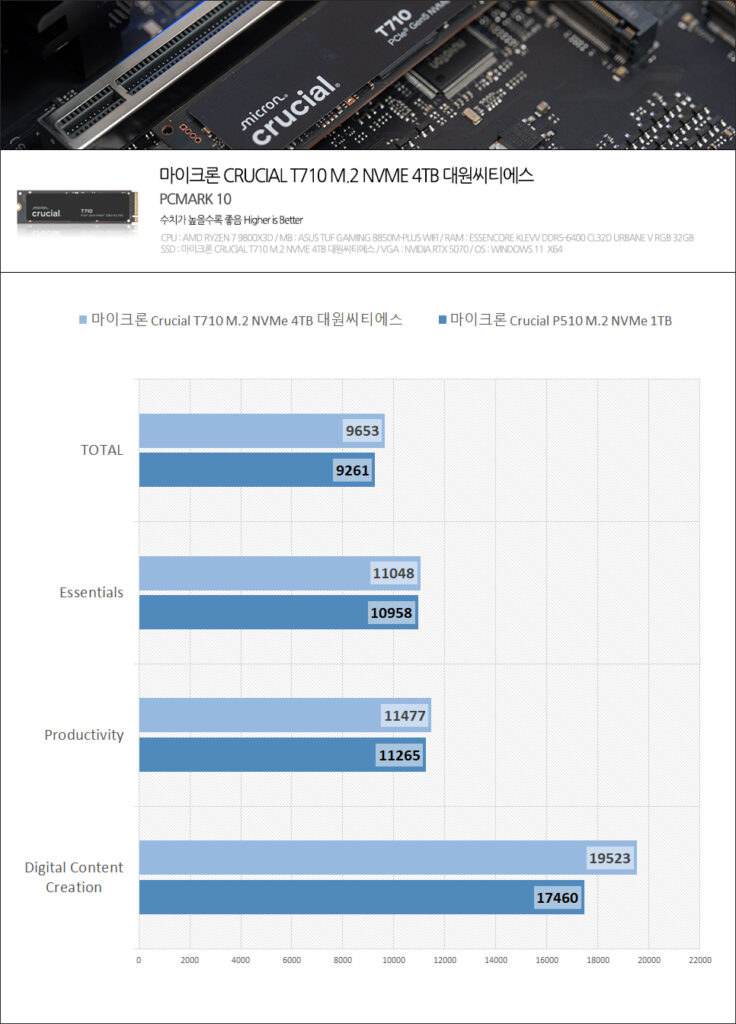
We tested the Crucial T710 4TB’s non-gaming capabilities using the PCMark 10 benchmark, which evaluates overall performance in real-world usage scenarios. This benchmark covers a variety of everyday tasks such as system boot, application launch, and file processing. We also compared its performance with the previously reviewed P510 1TB model.
The T710 4TB achieved an overall score of 9,653, with 11,048 points in Essentials, 11,477 points in Productivity, and an impressive 19,523 points in Digital Content Creation. In particular, the high score in Digital Content Creation confirms that the T710 4TB excels in tasks such as video editing, photo retouching, and 3D rendering, making it an ideal SSD for video production.
Software
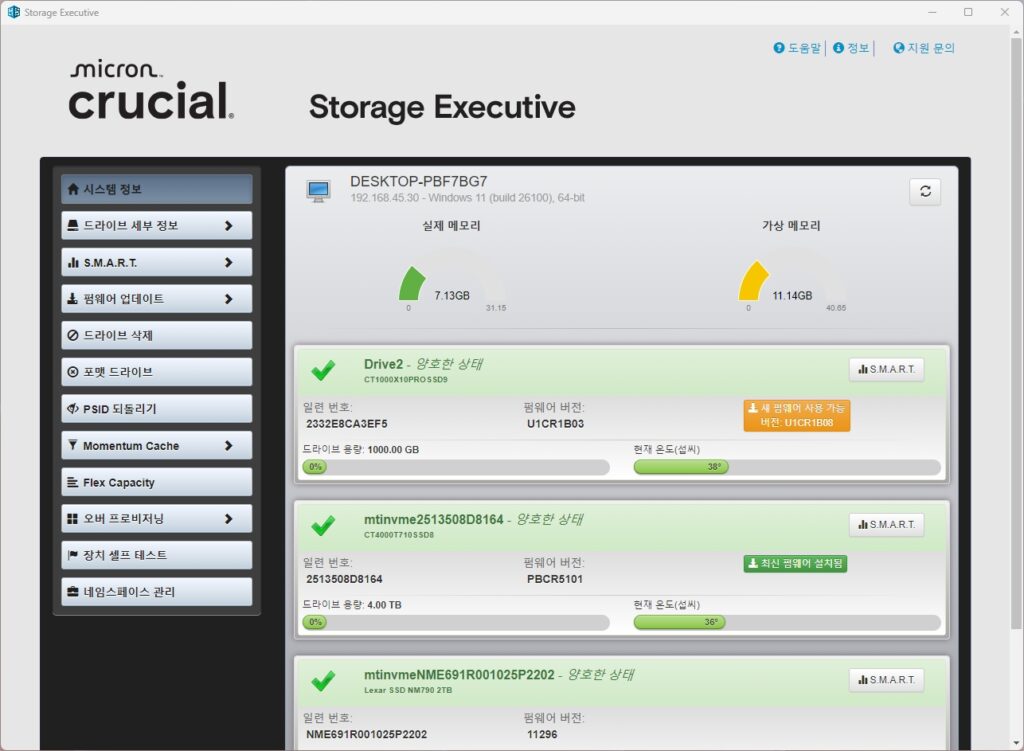

Micron provides two professional software tools free of charge for Crucial SSD users.
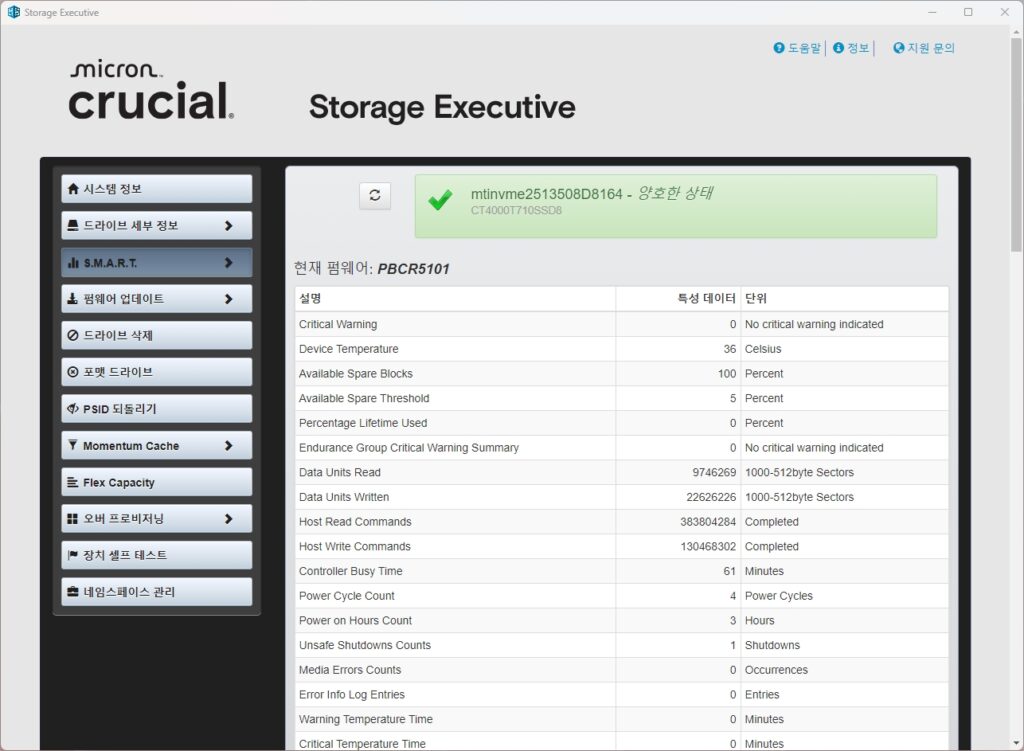
Crucial Storage Executive
Micron’s official SSD management software offers features such as drive health monitoring, performance optimization, firmware updates, and security settings—covering all aspects of SSD management.


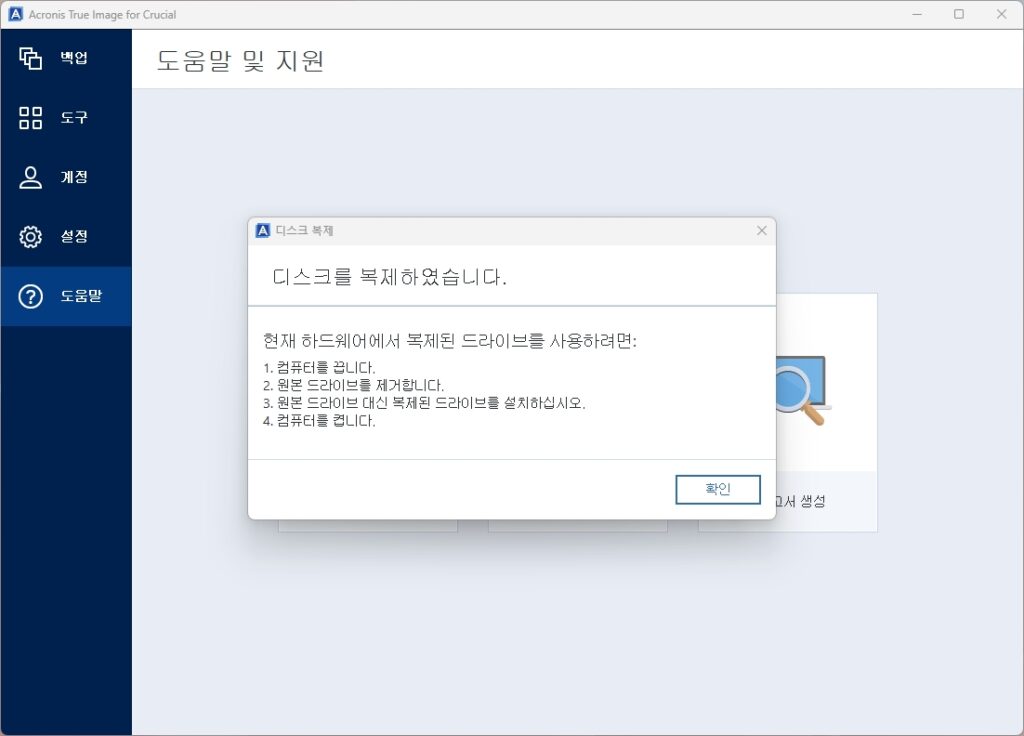
Acronis True Image for Crucial
Bundled free with Crucial SSD purchases, this professional backup and cloning software enables perfect cloning of an existing drive to a new SSD or complete system backup.
Conclusion
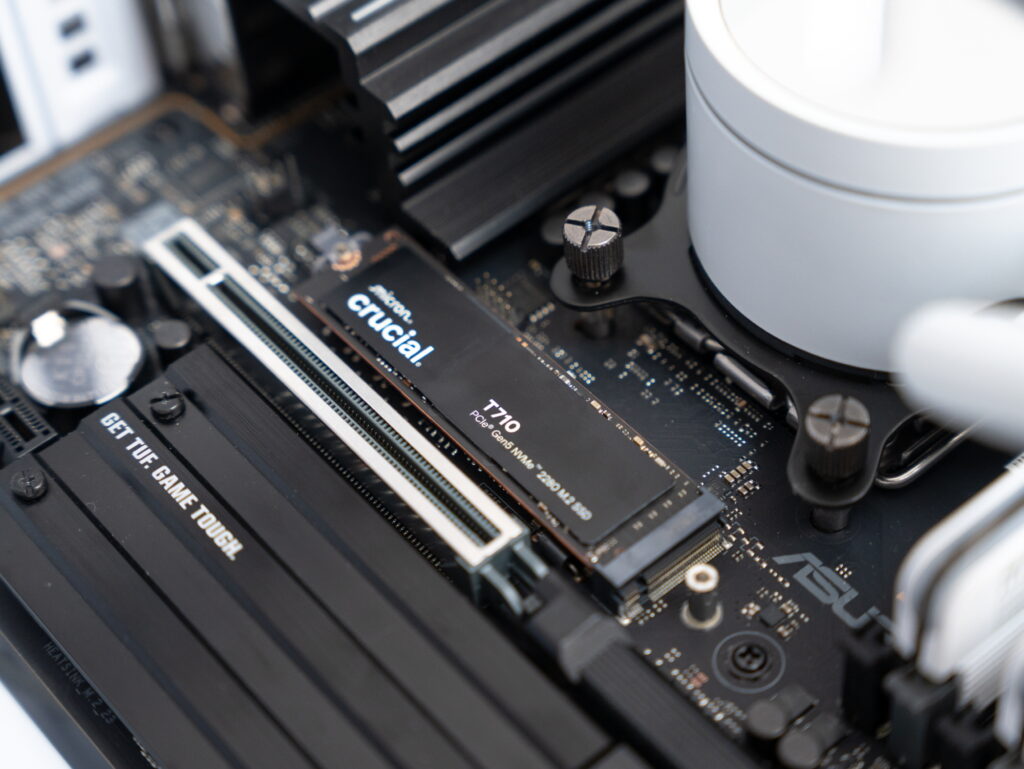
The Micron Crucial T710 4TB significantly improves upon its predecessor, the T705, by addressing overheating issues and high power consumption, while further enhancing performance. The combination of the Silicon Motion SM2508 controller and Micron’s G9 NAND delivers industry-leading results not only in sequential processing but also in random access performance.
Despite being a 4TB high-capacity model, its single-sided design allows compatibility with laptops, mini PCs, and gaming consoles. More importantly, the massive 4TB storage offers ample room for creators working with 8K RAW video and gamers with large game libraries. Support for DirectStorage technology further boosts gaming performance, making the T710 4TB a standout choice.
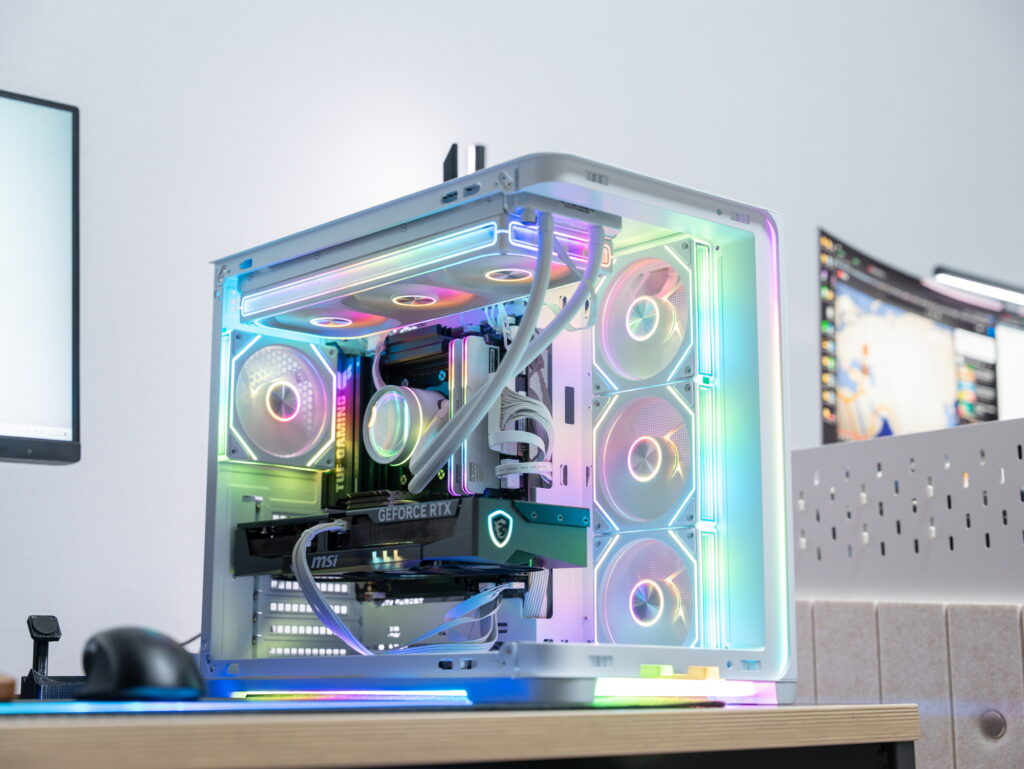
In terms of price, it offers excellent value within the PCIe 5.0-based 4TB SSD category.
If you are looking for a 4TB desktop SSD or considering a high-performance M.2 SSD for video production, the Micron Crucial T710 4TB is well worth your attention.
As an Amazon Associate I earn from qualifying purchases.
Purchase the Product : https://amzn.to/3Jf4t13
